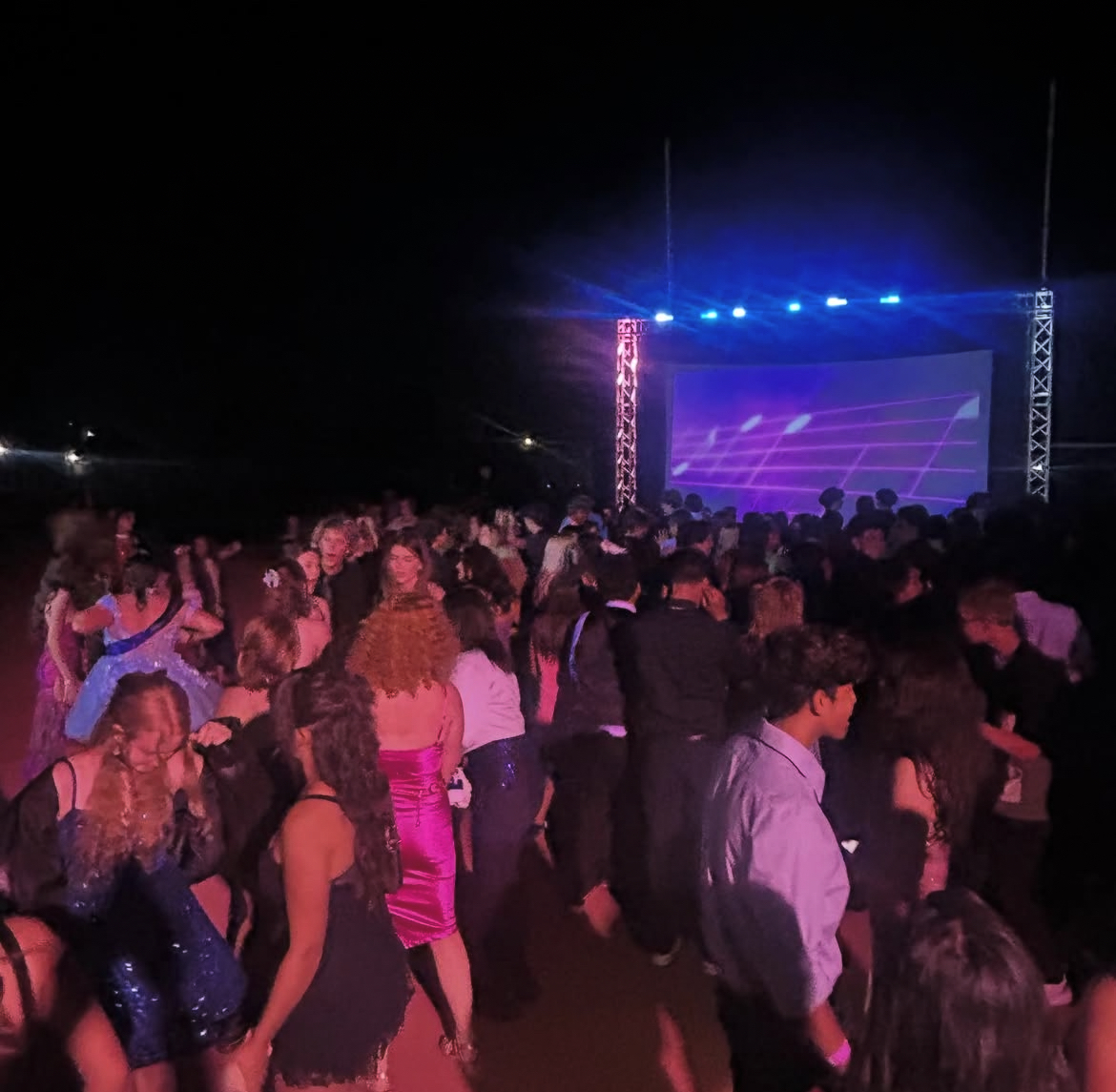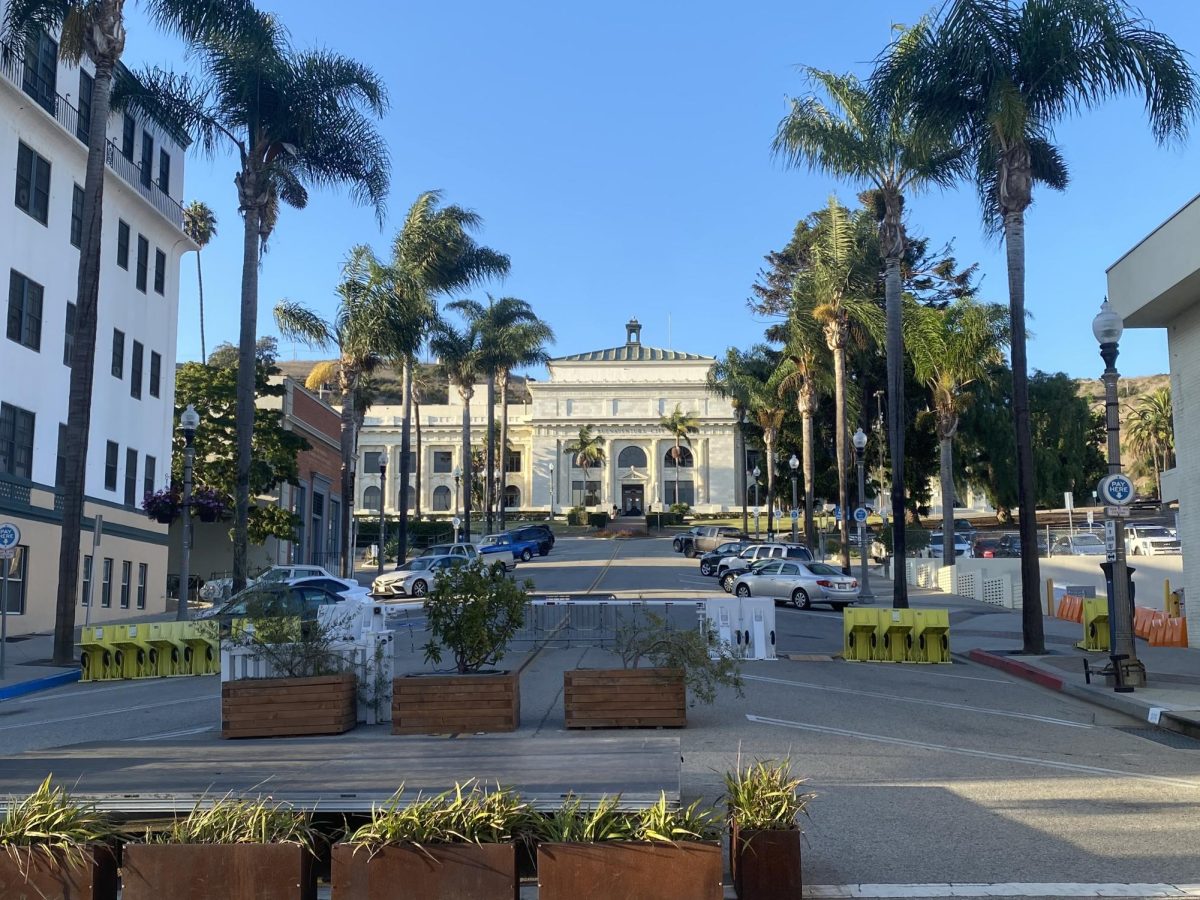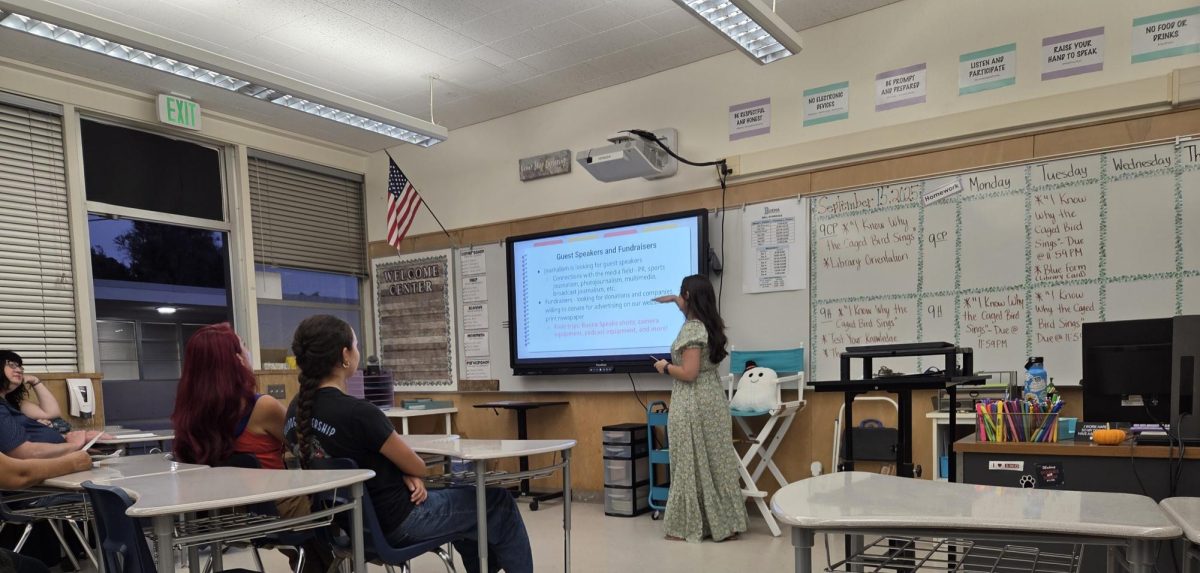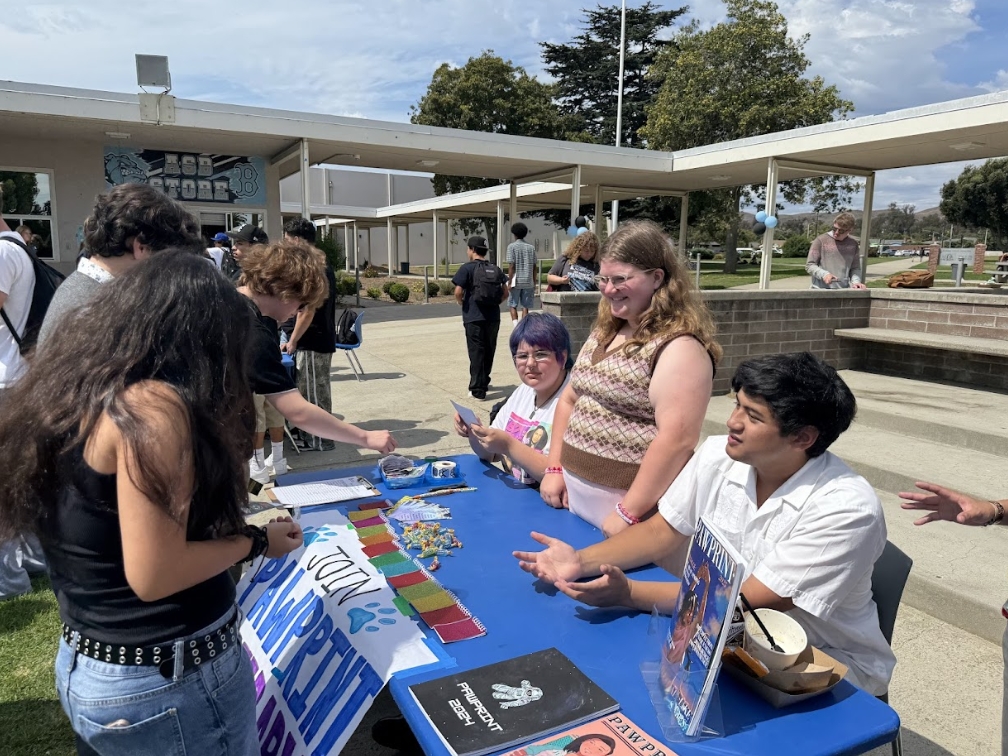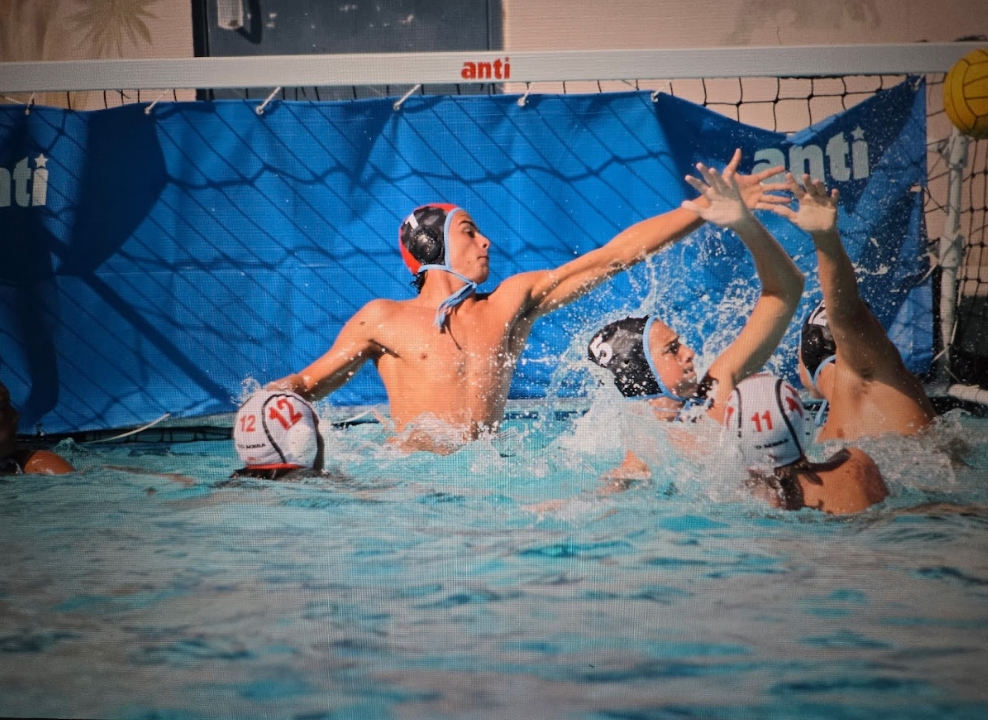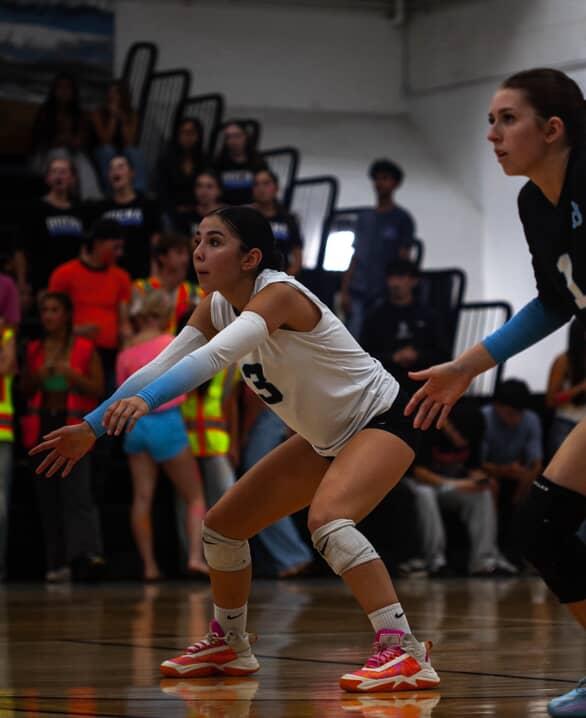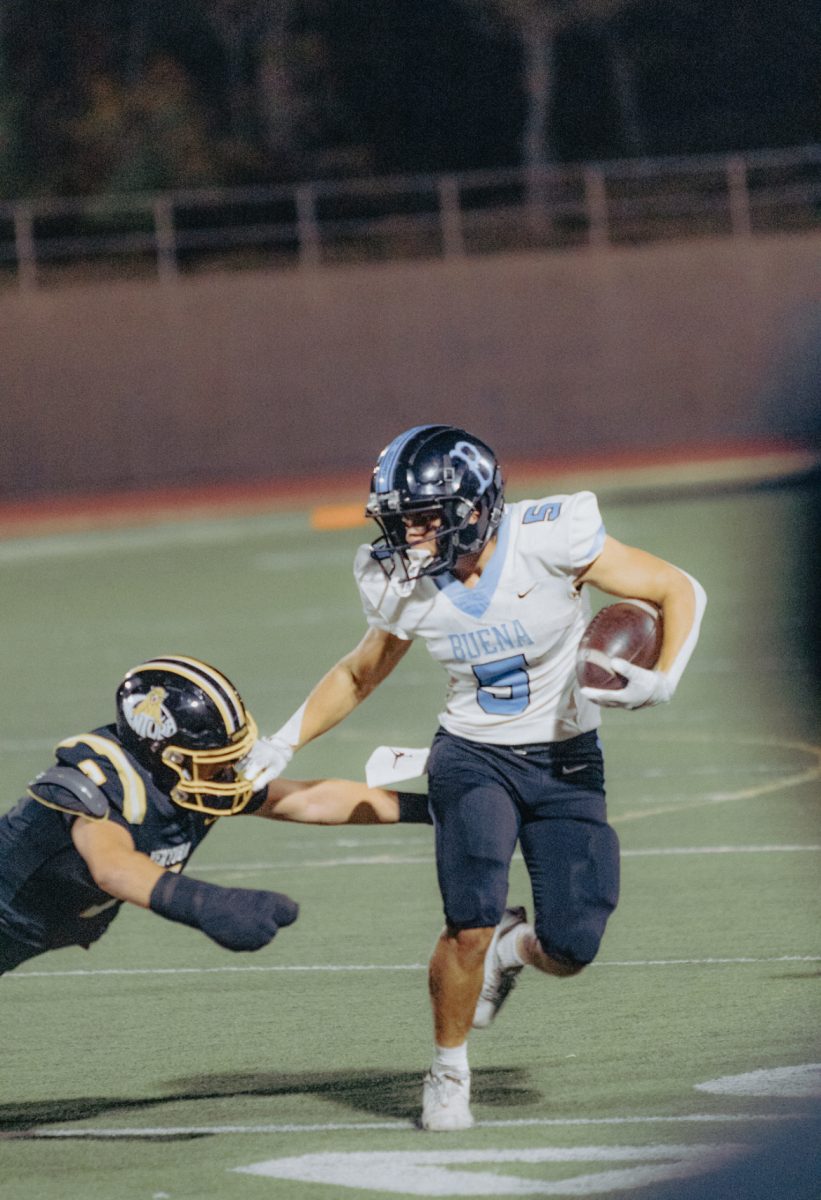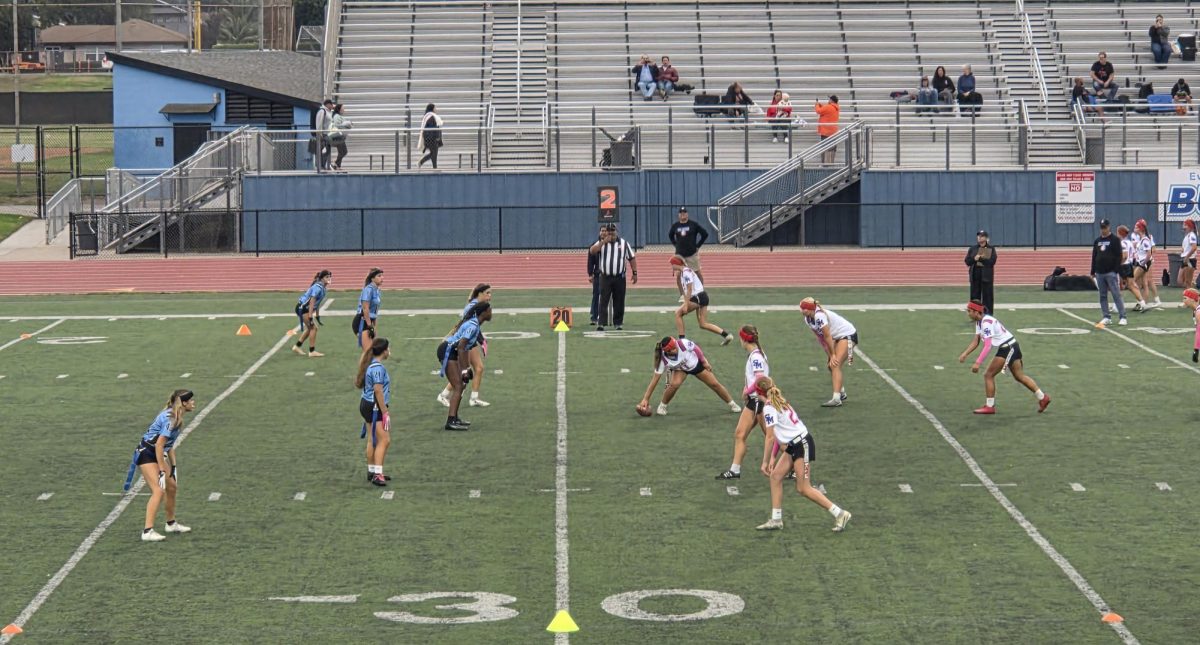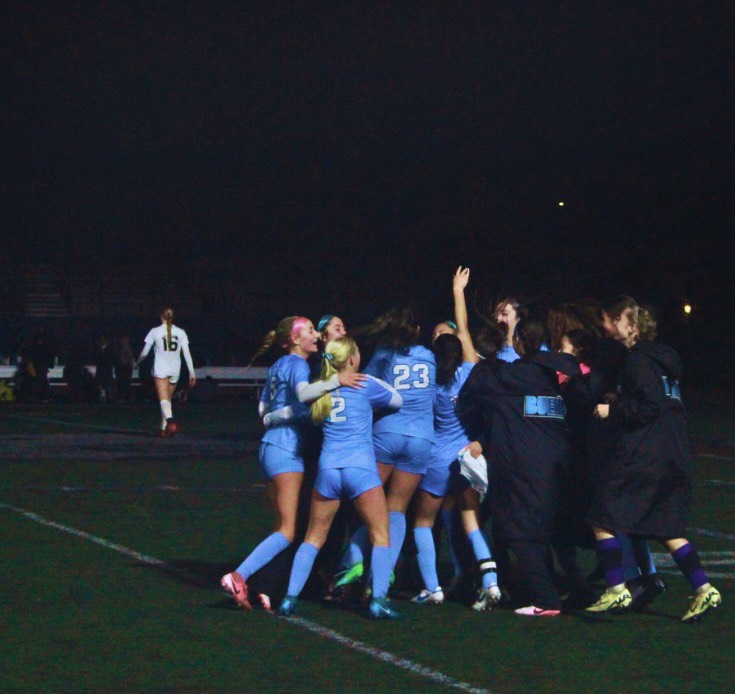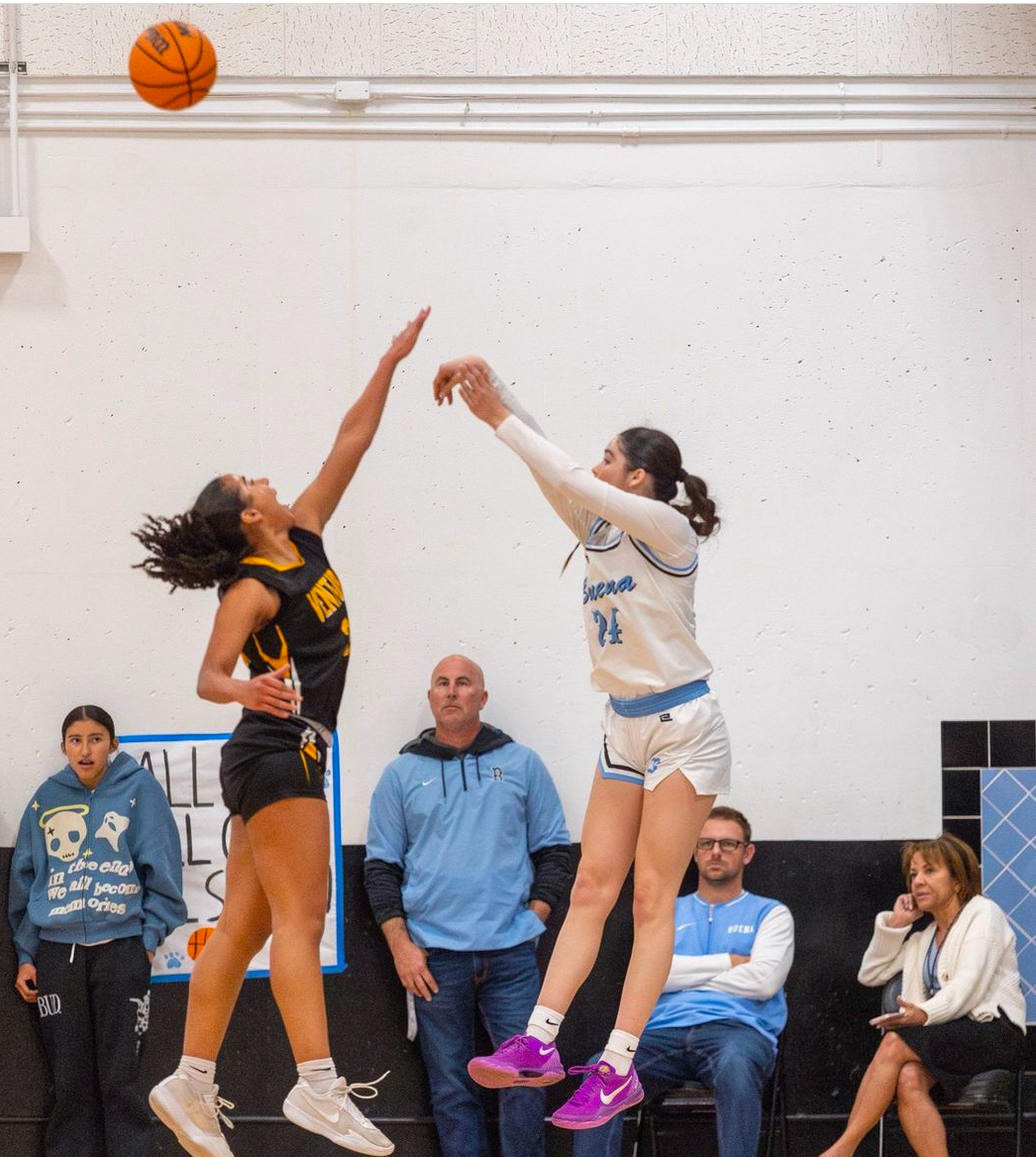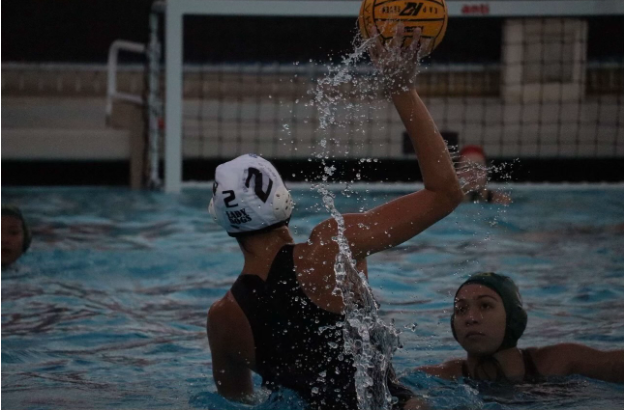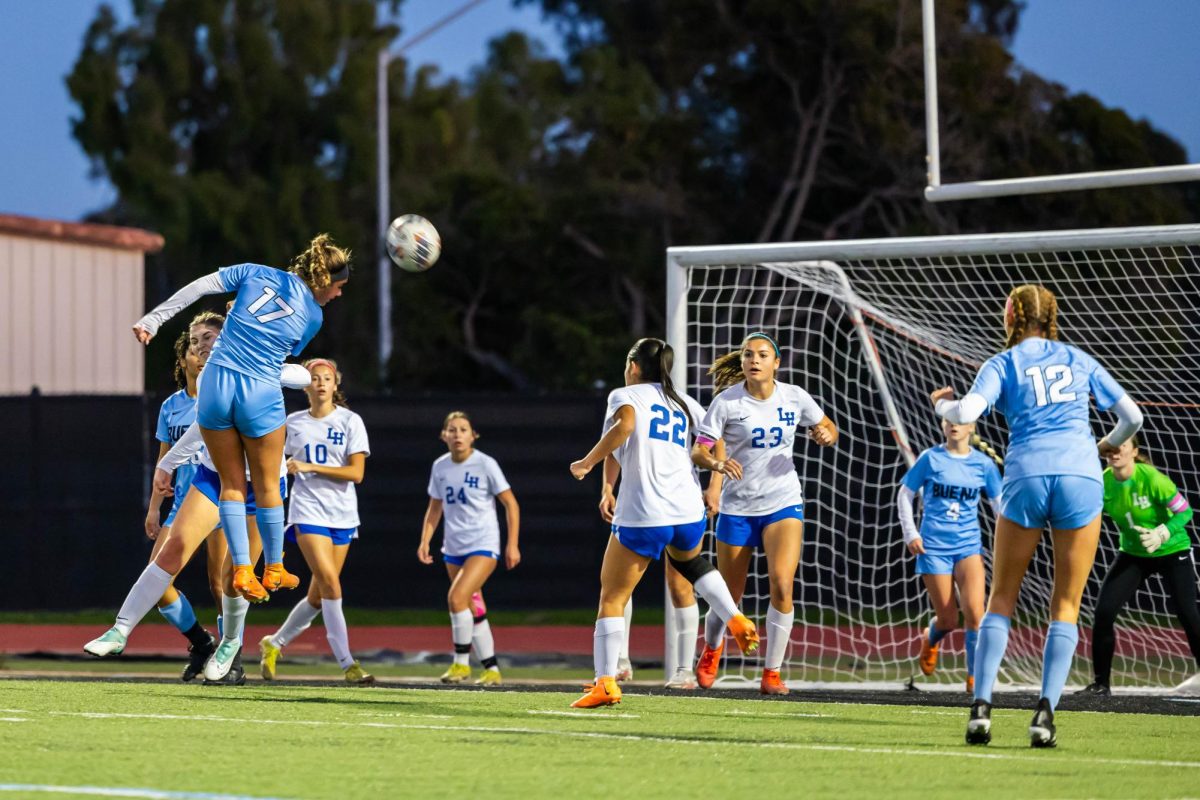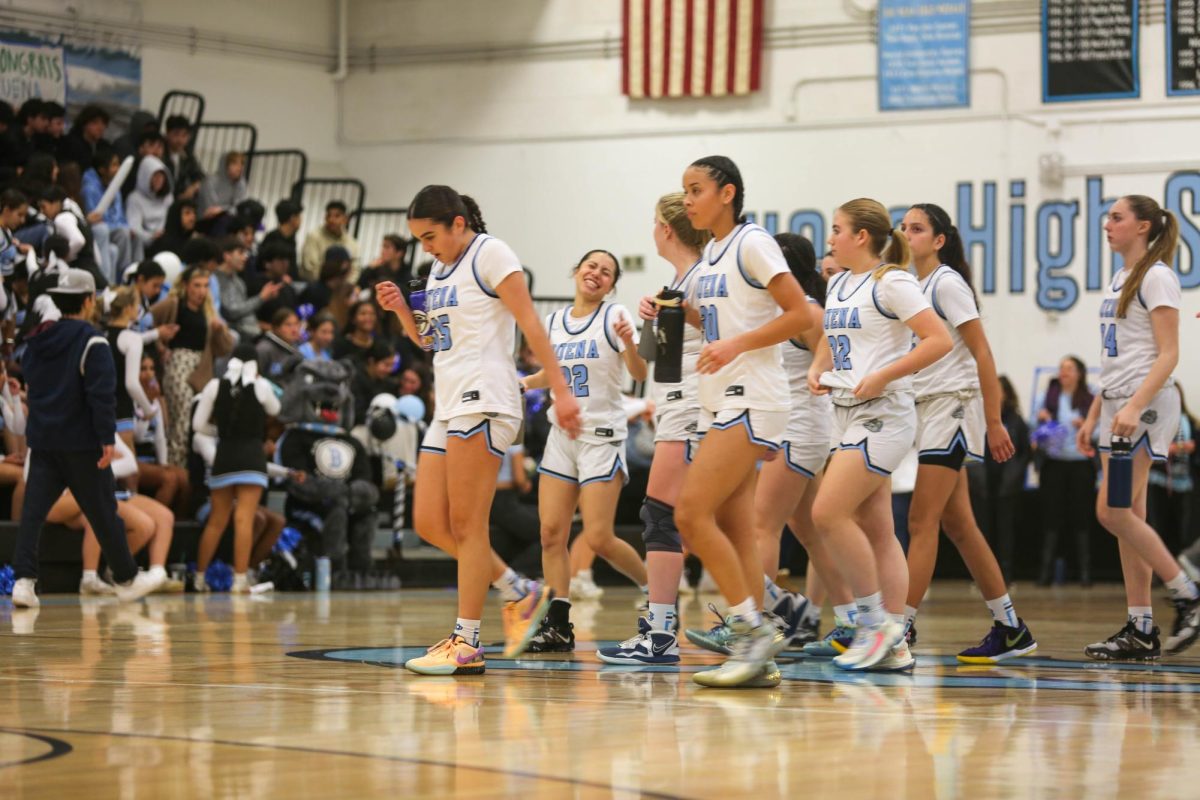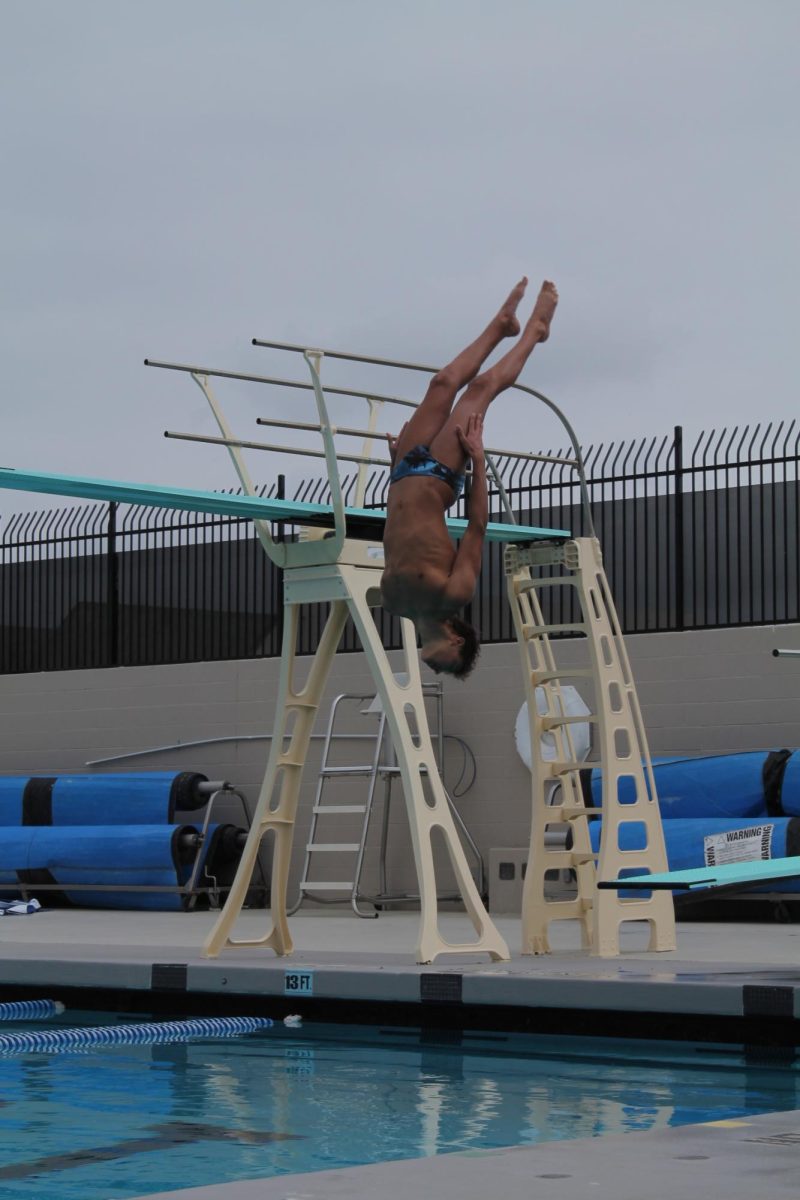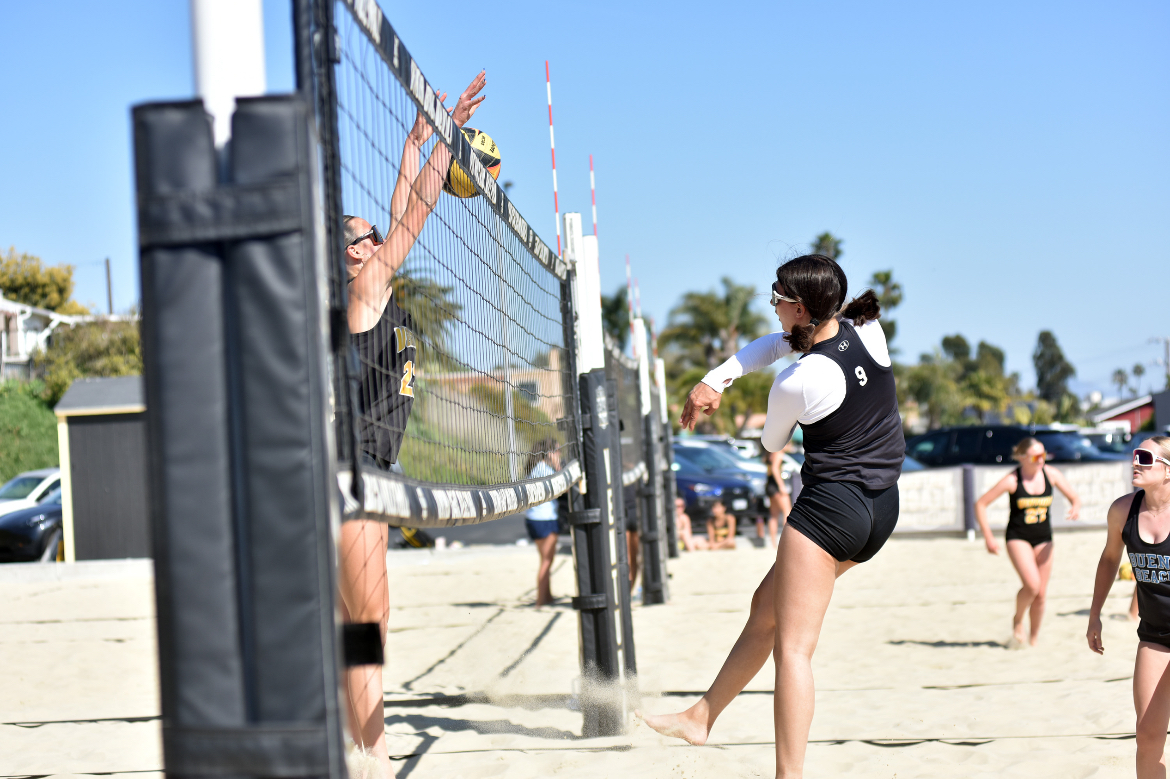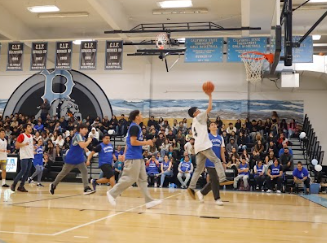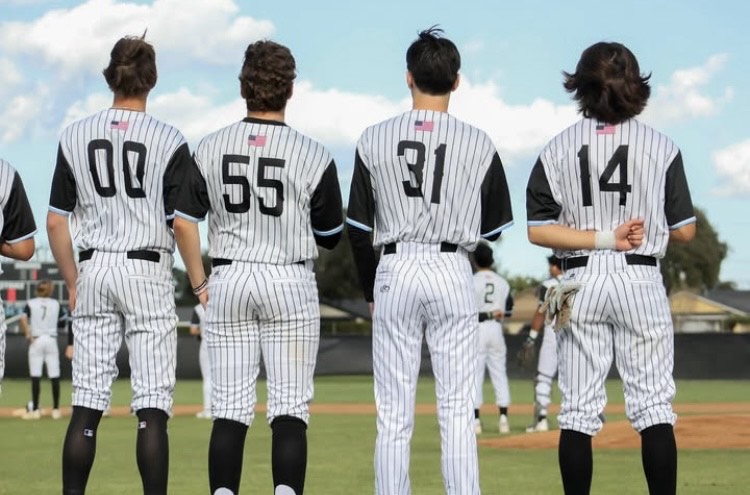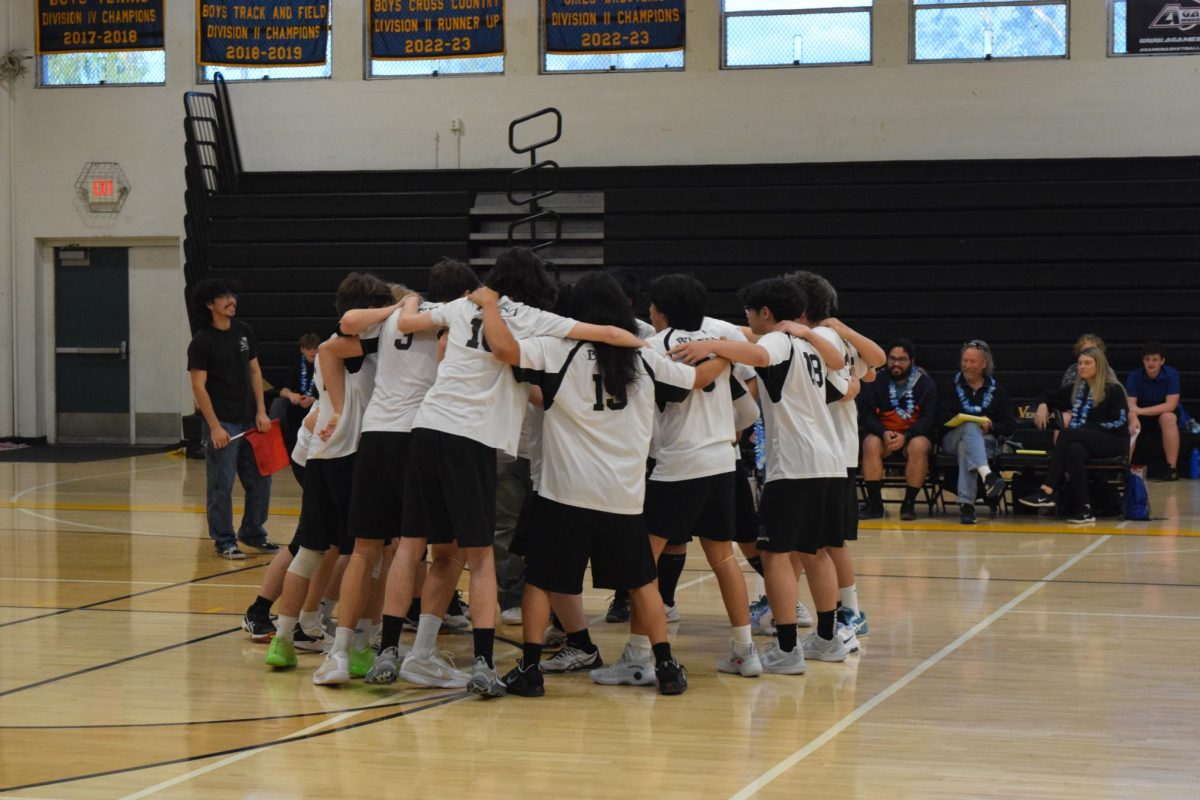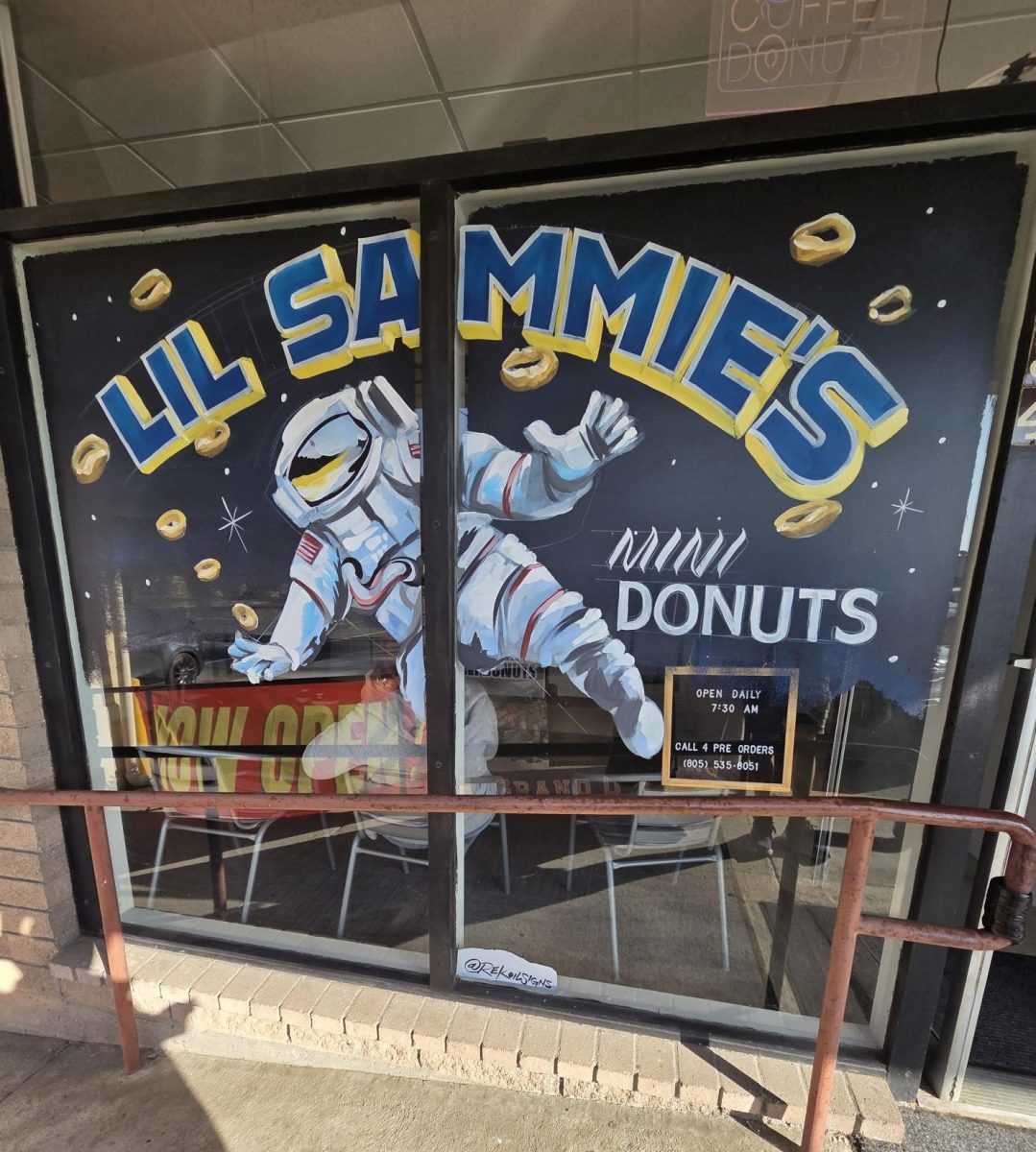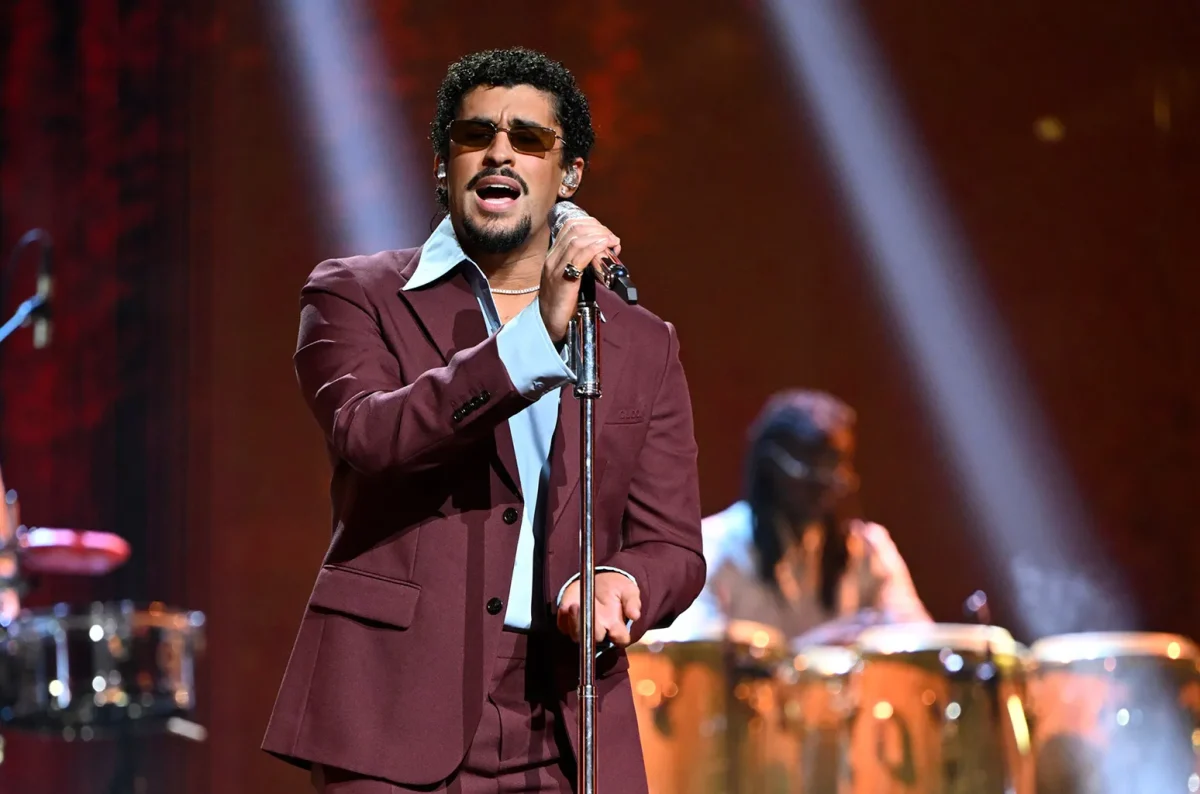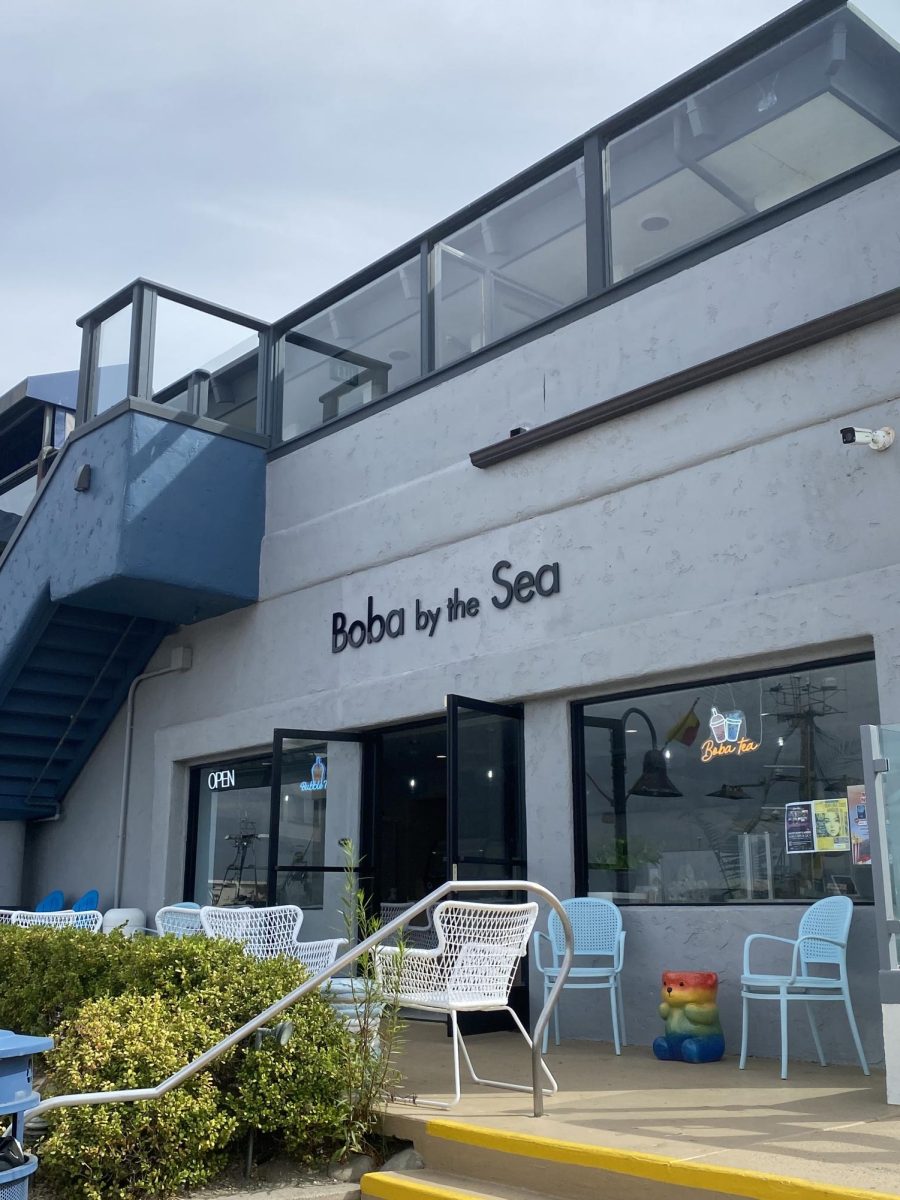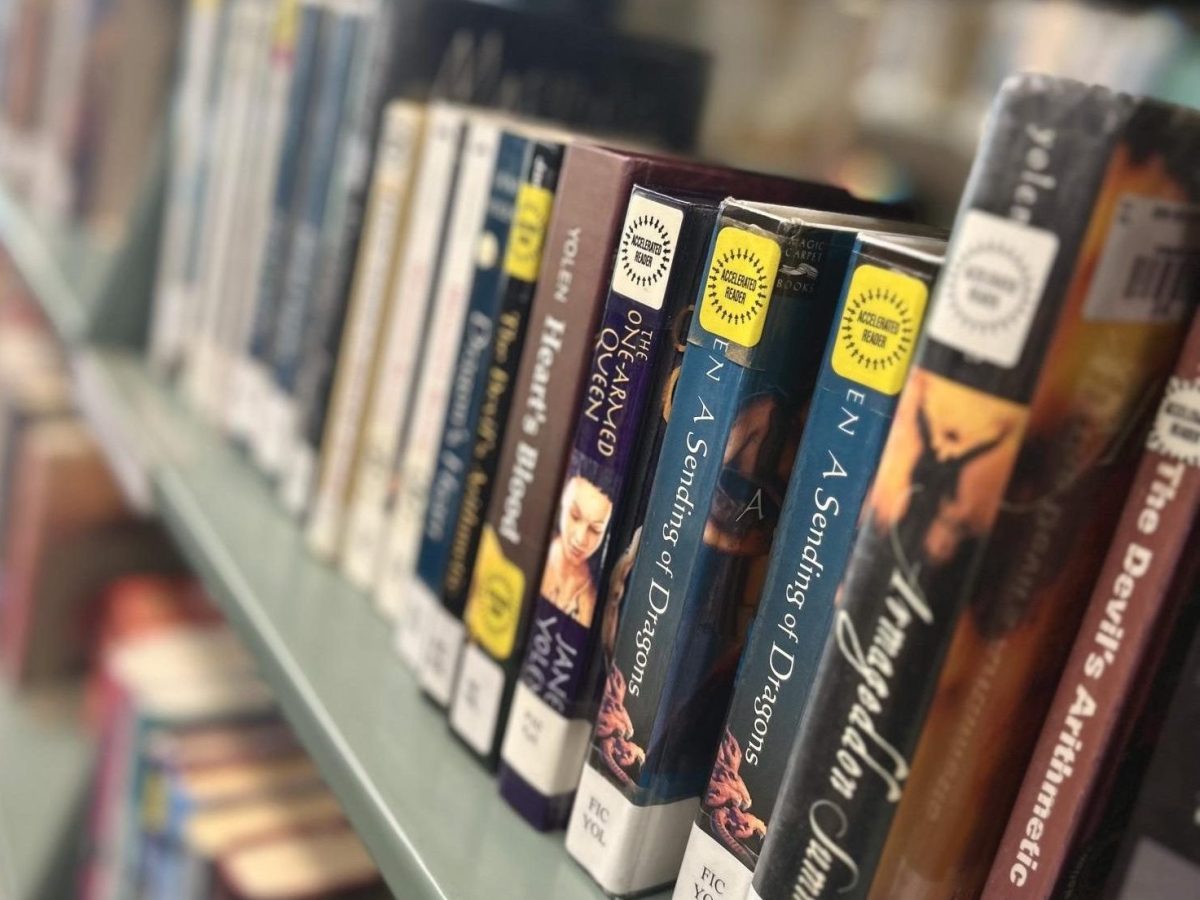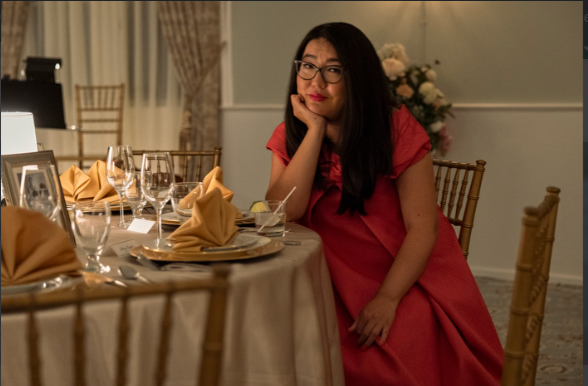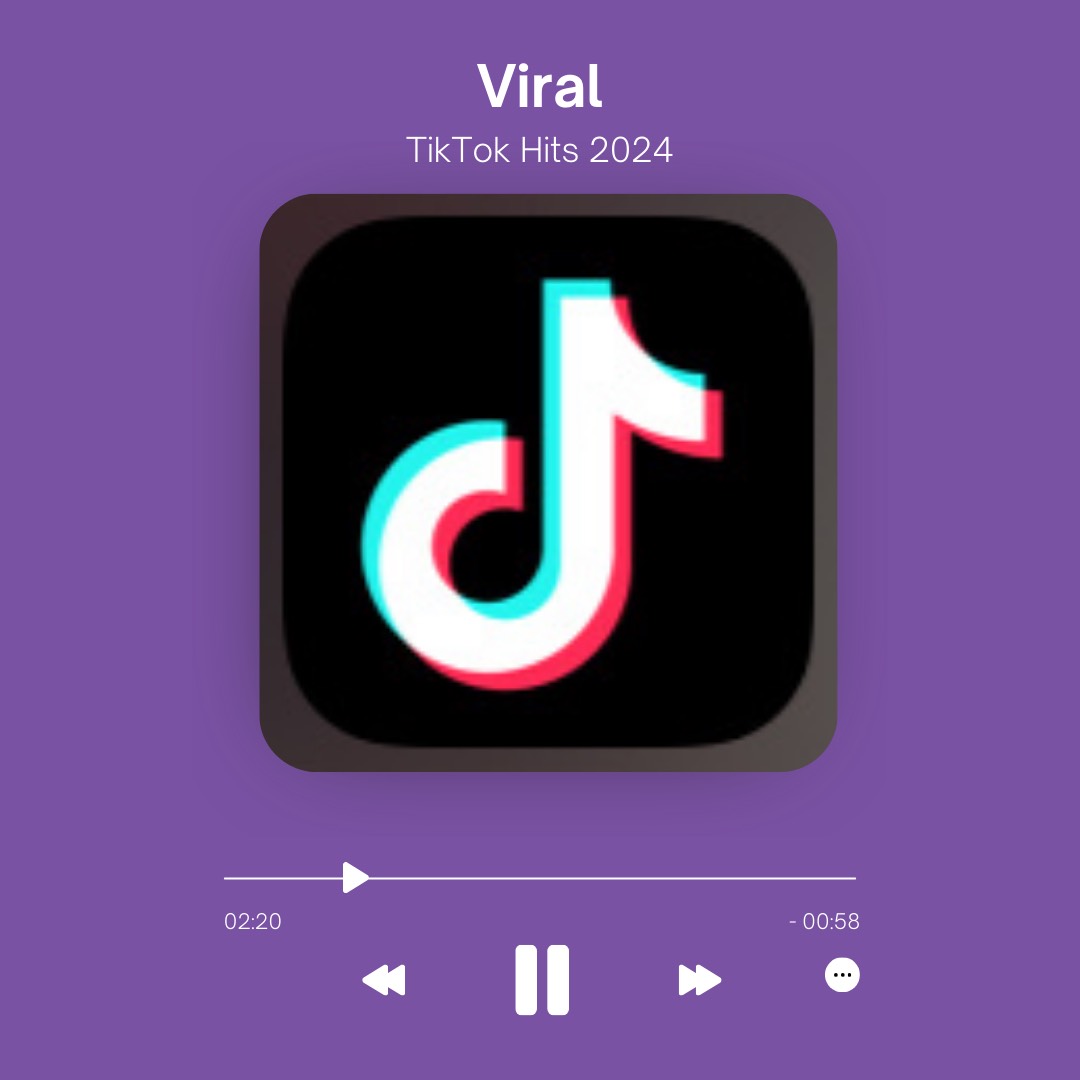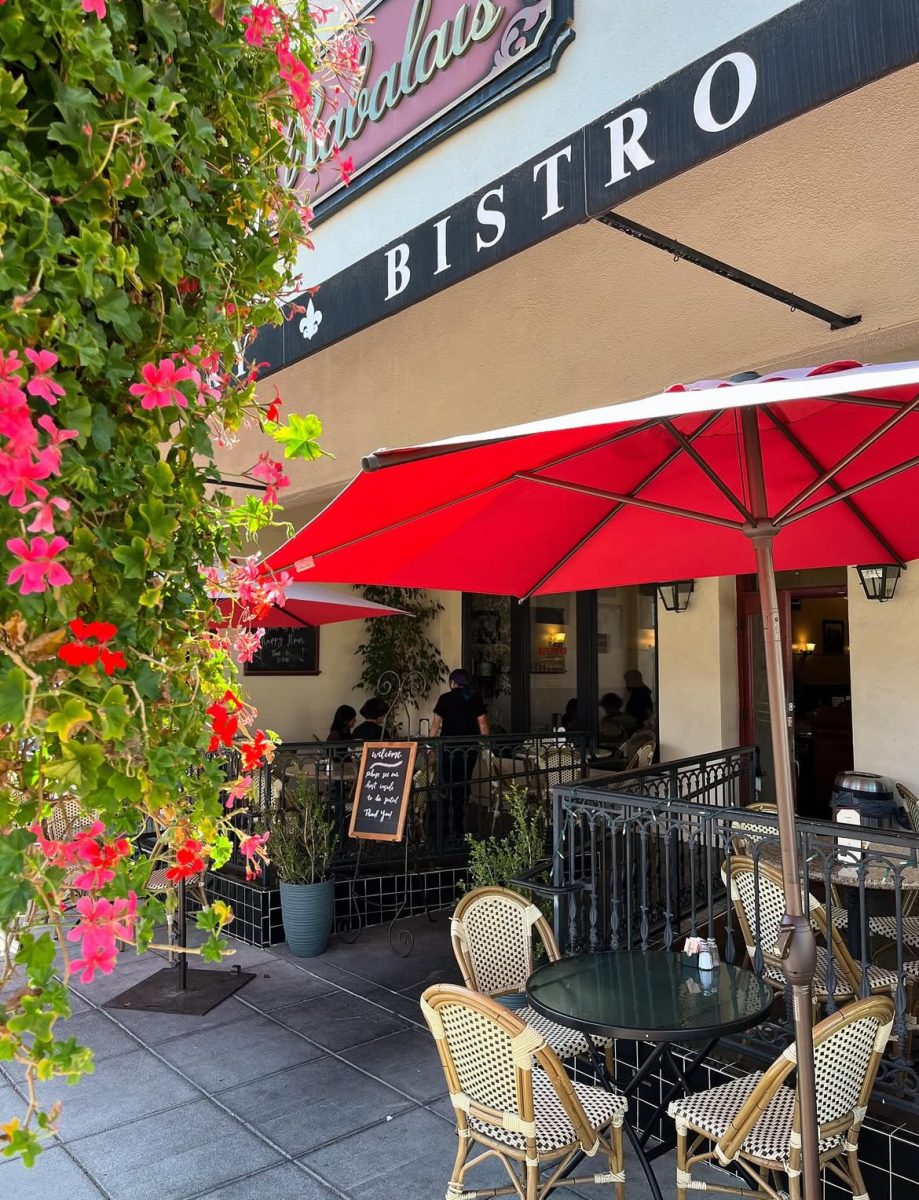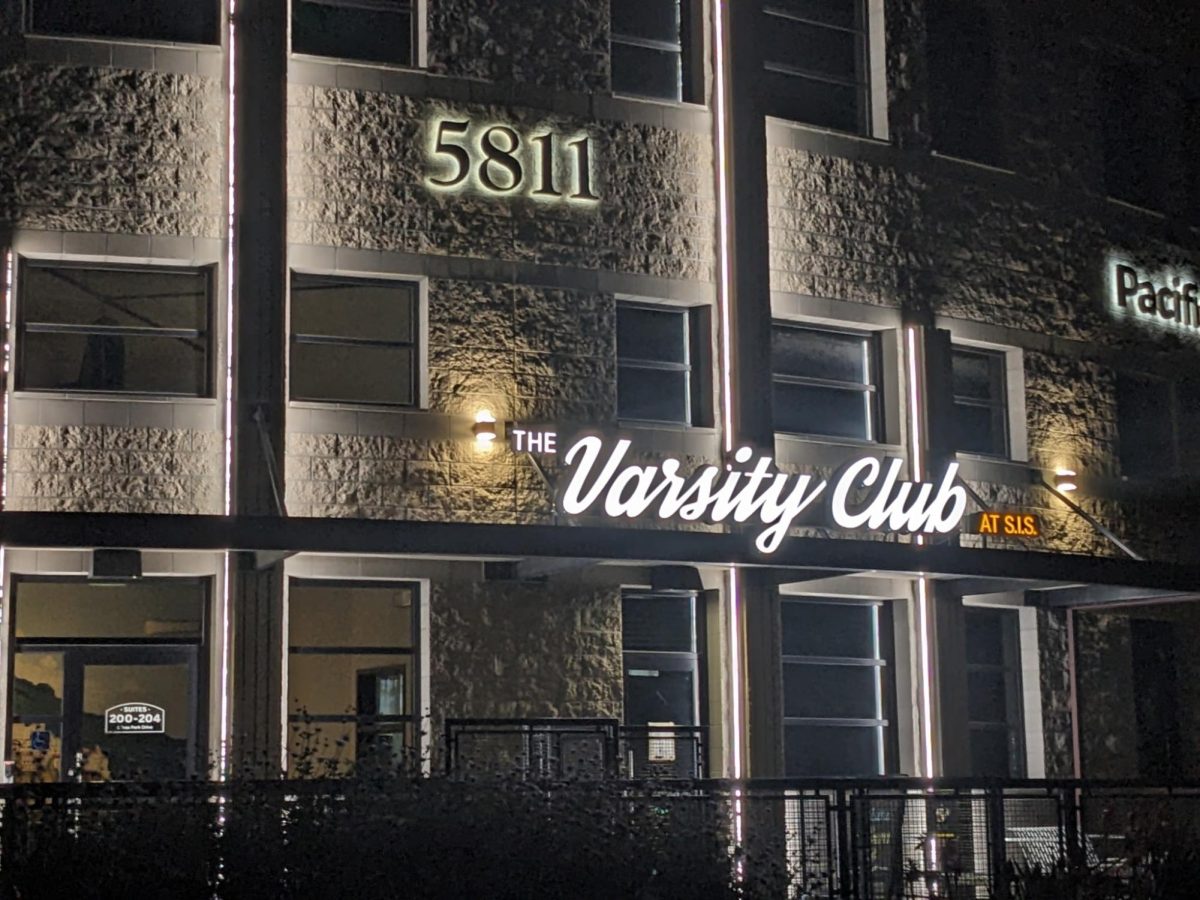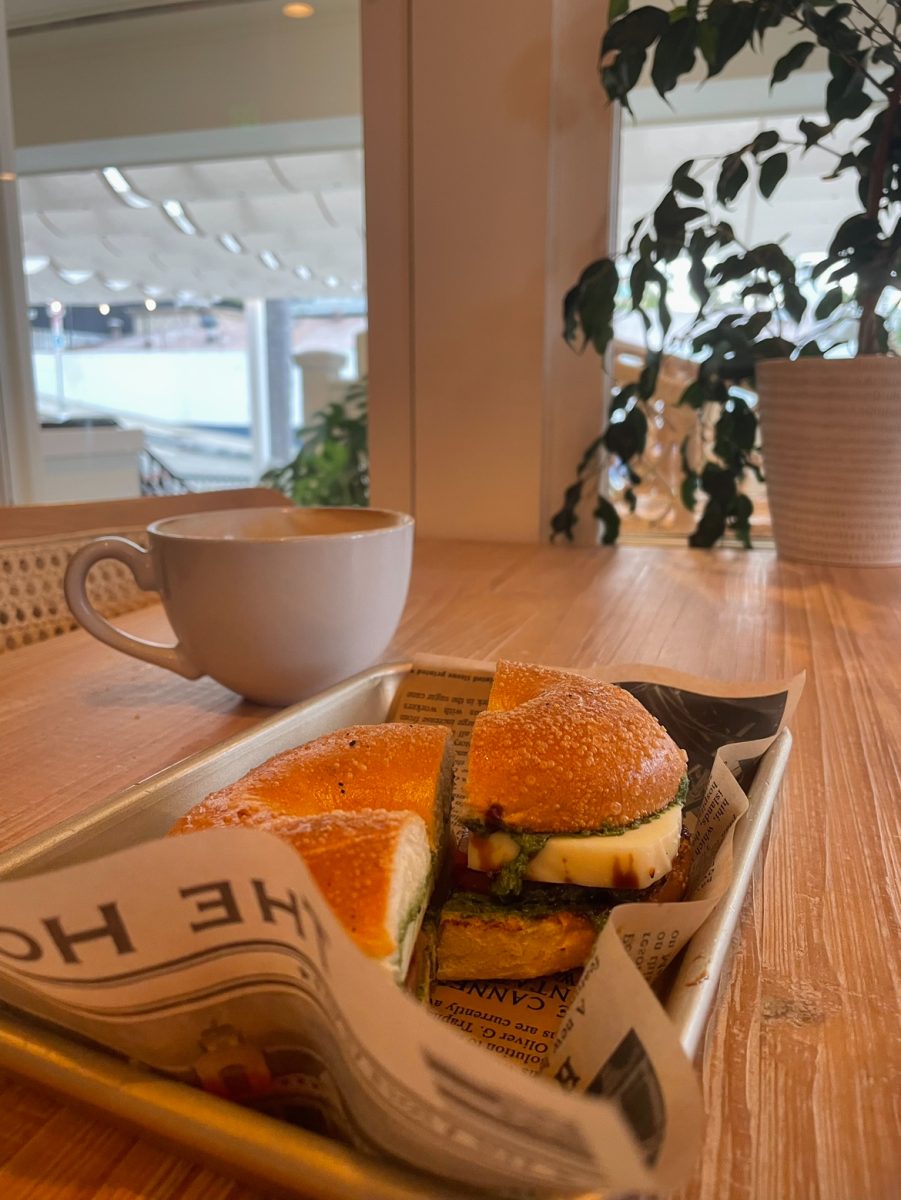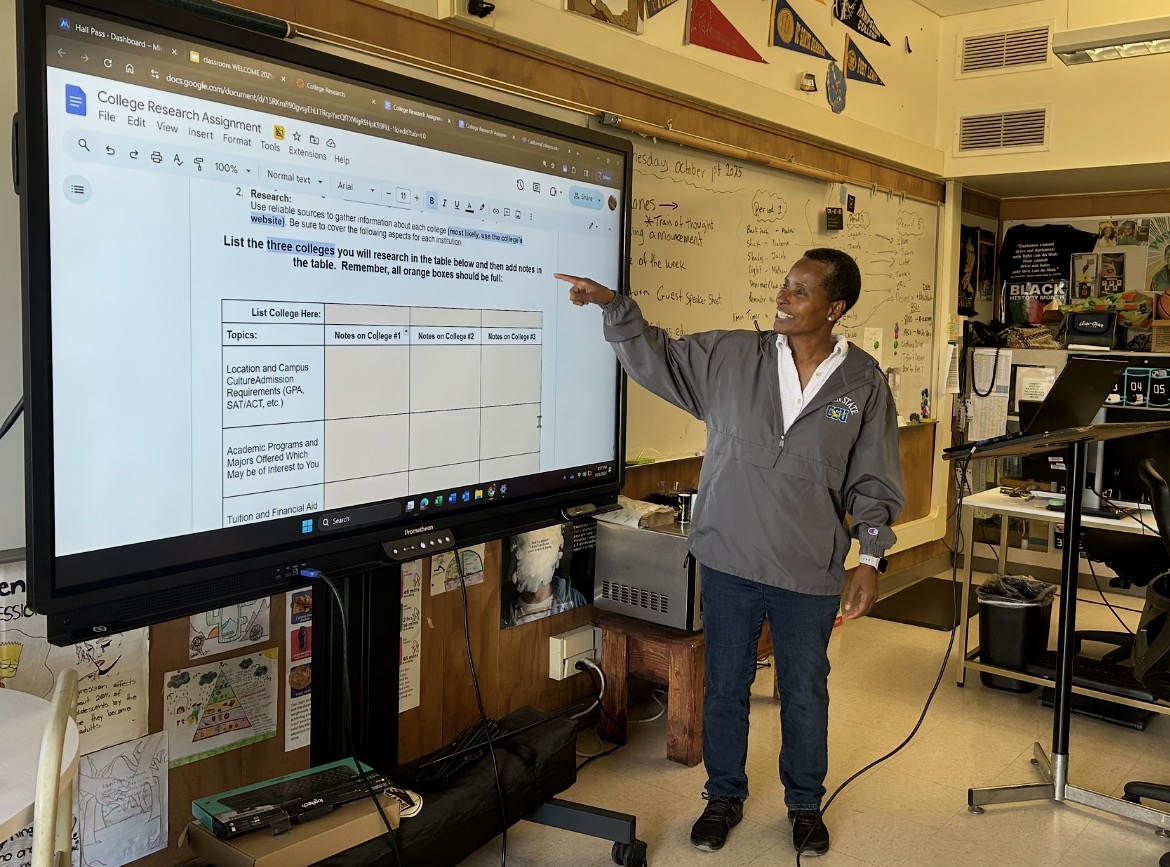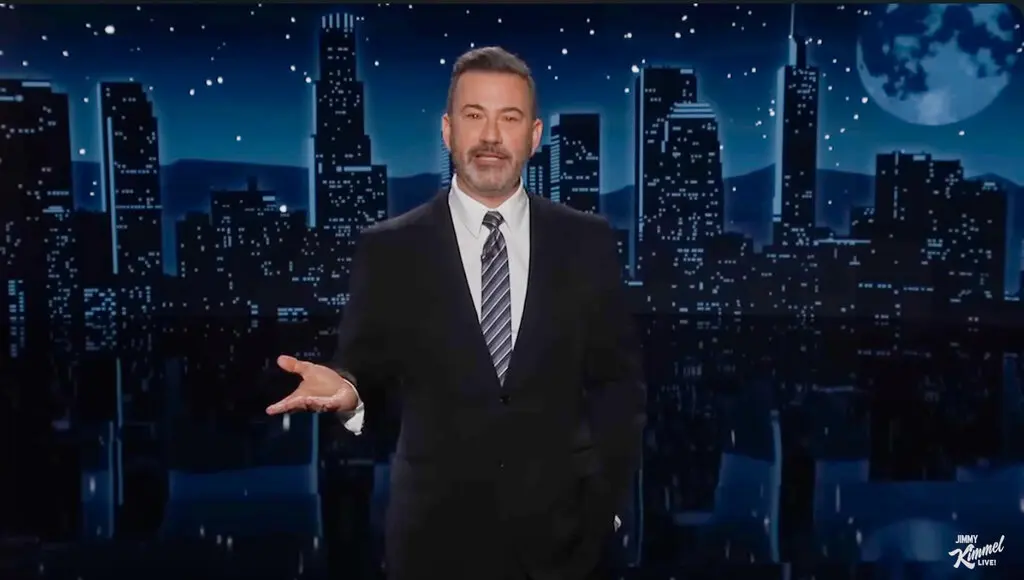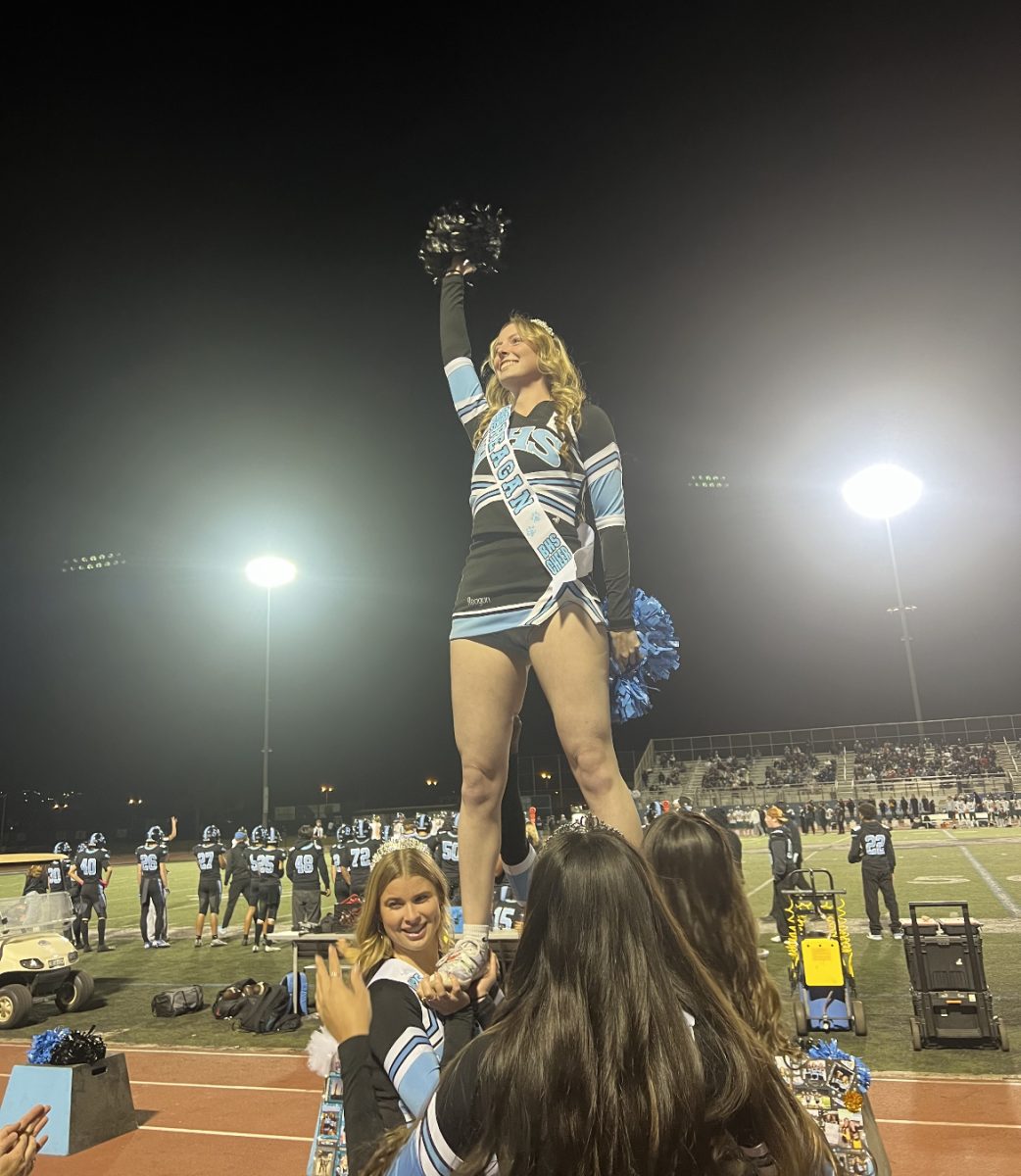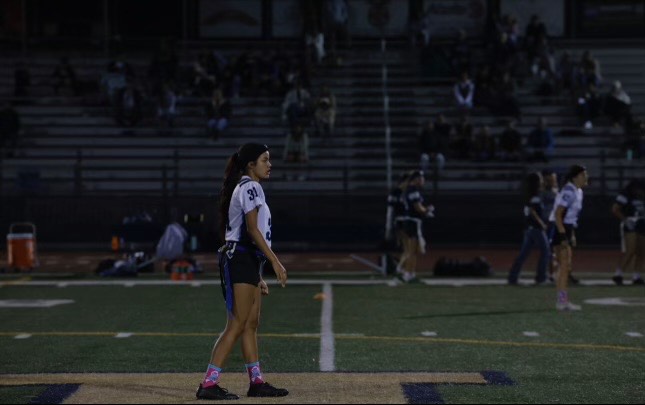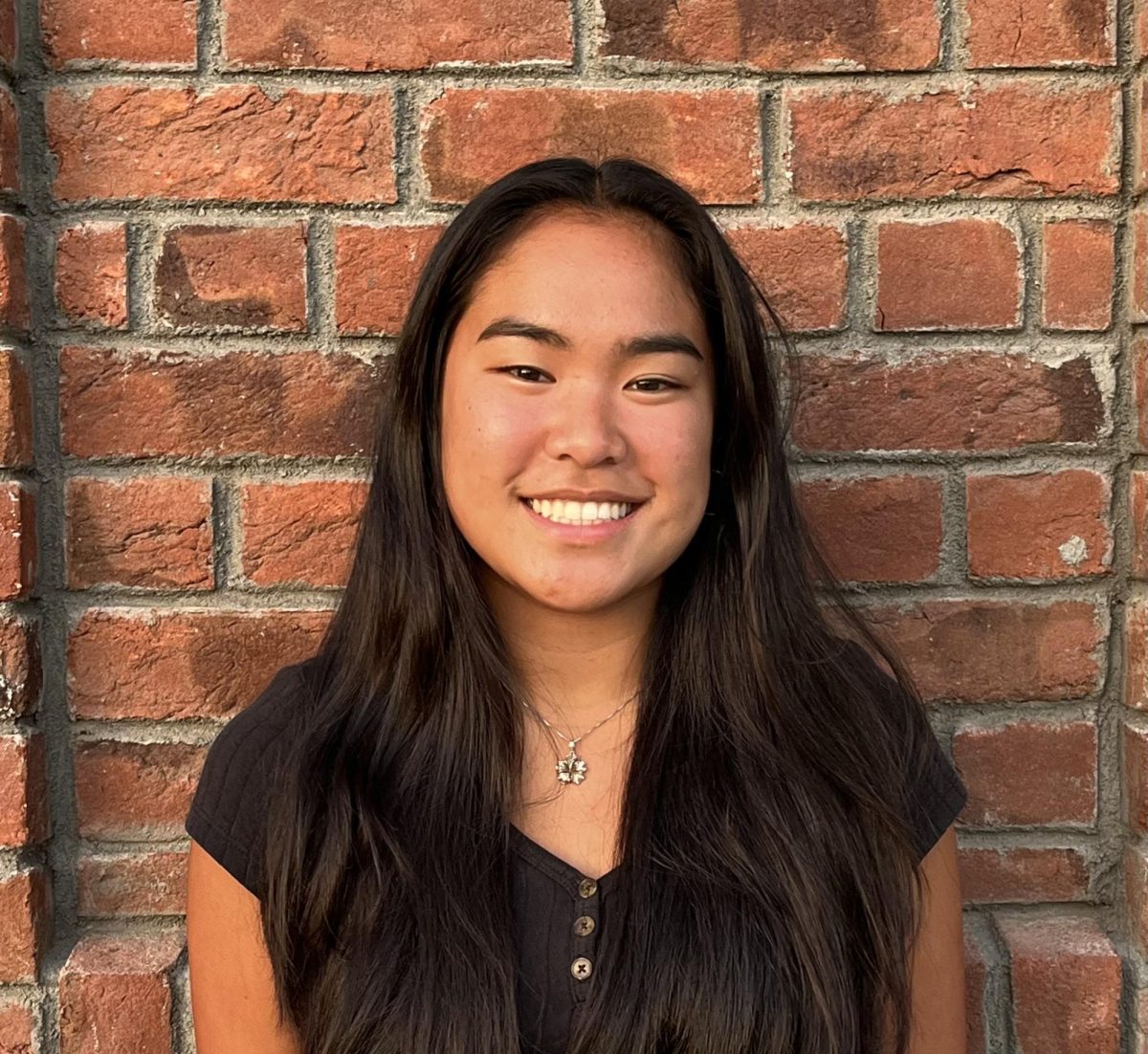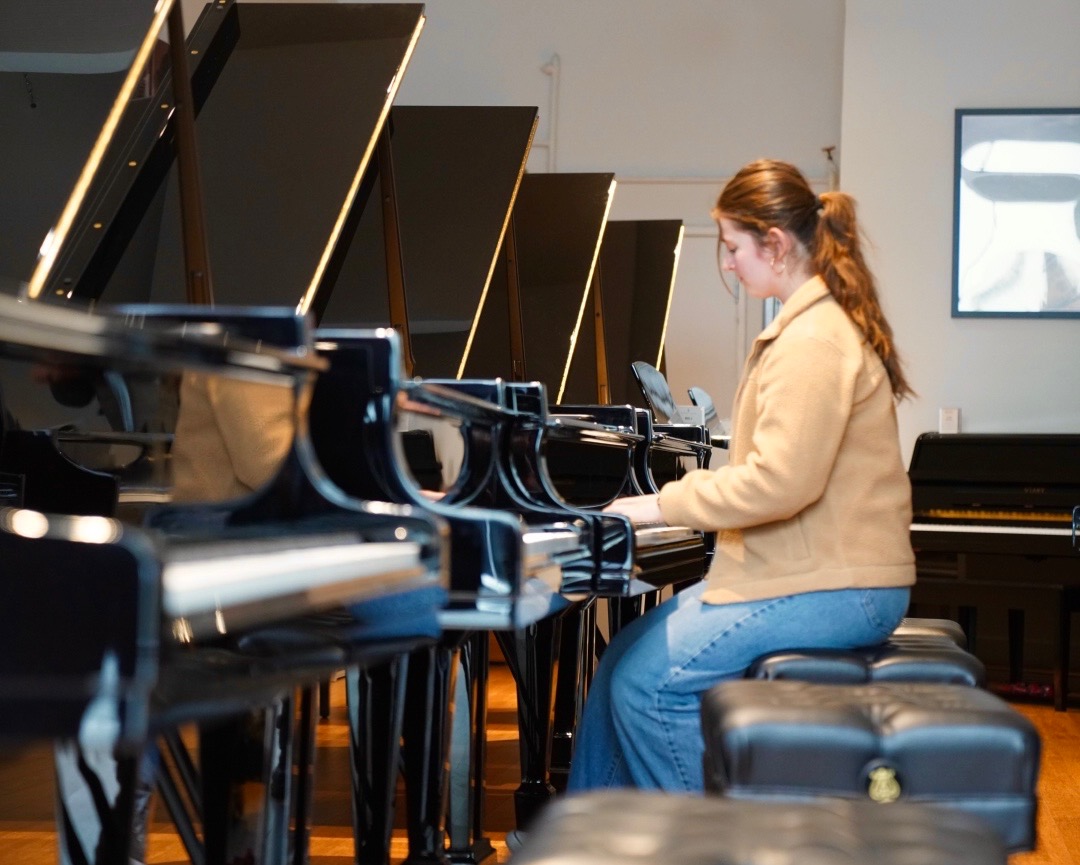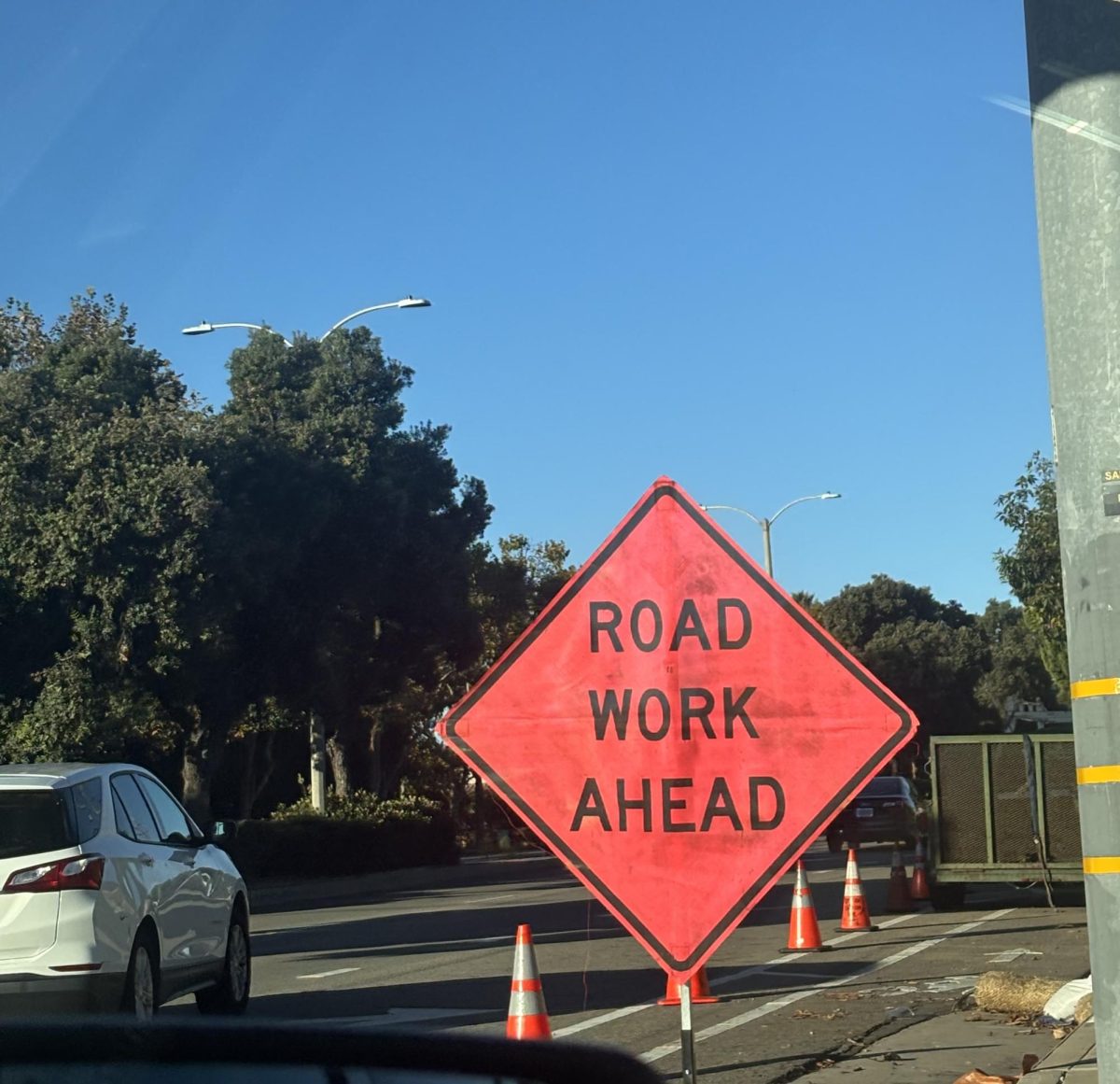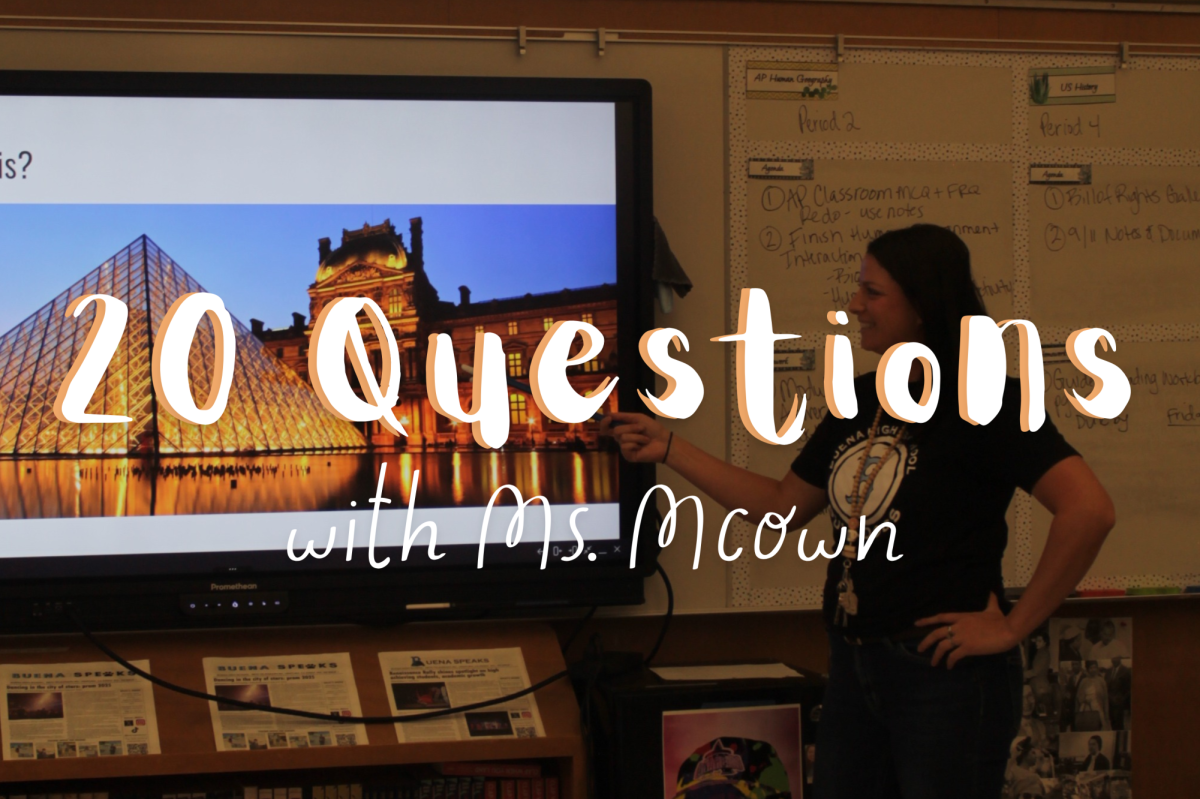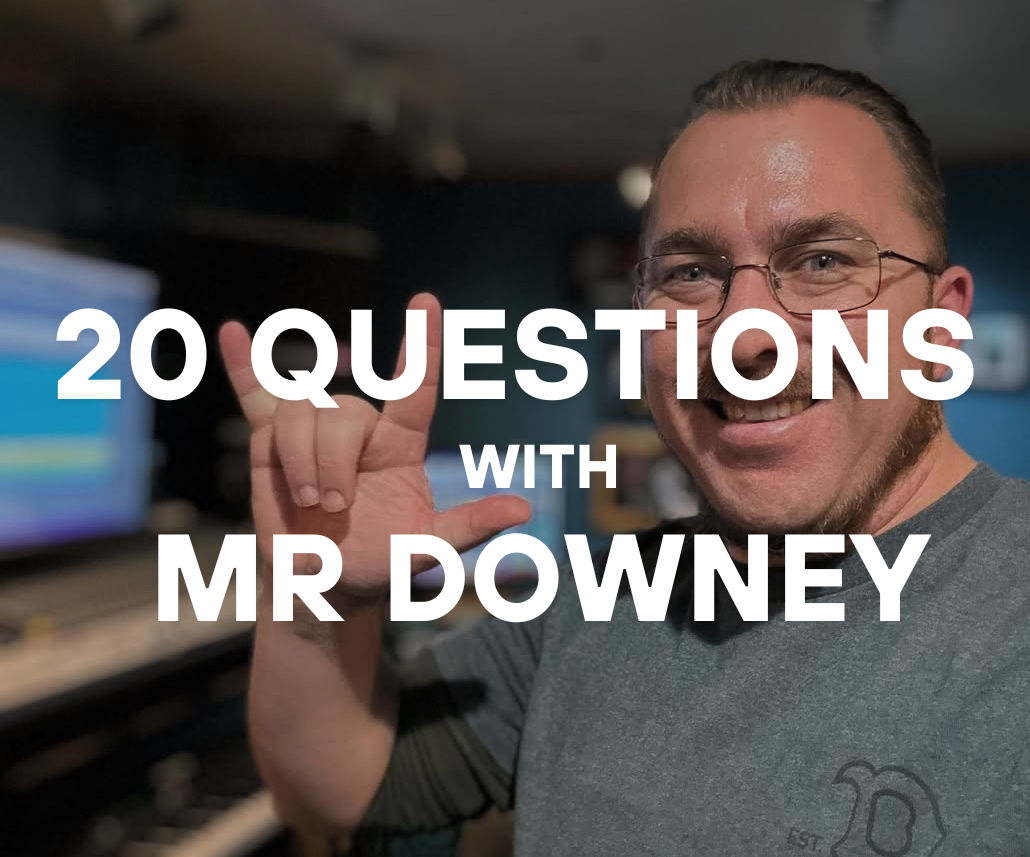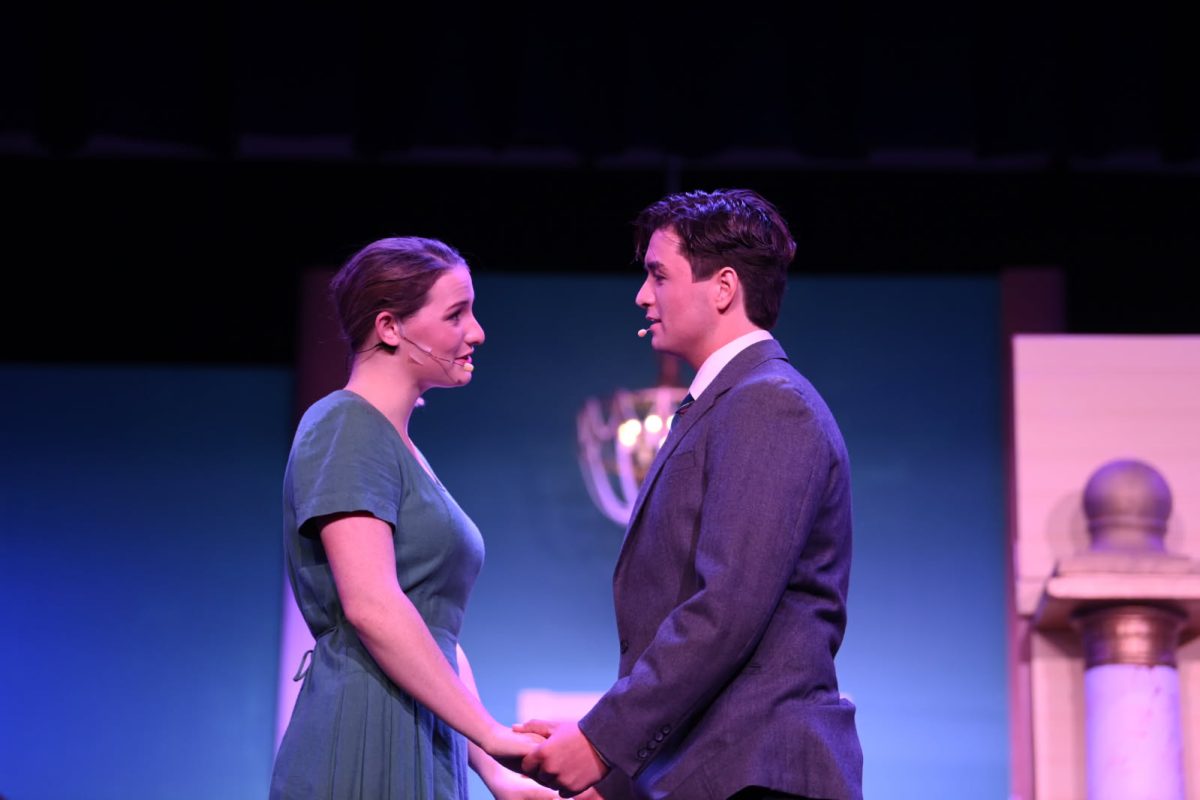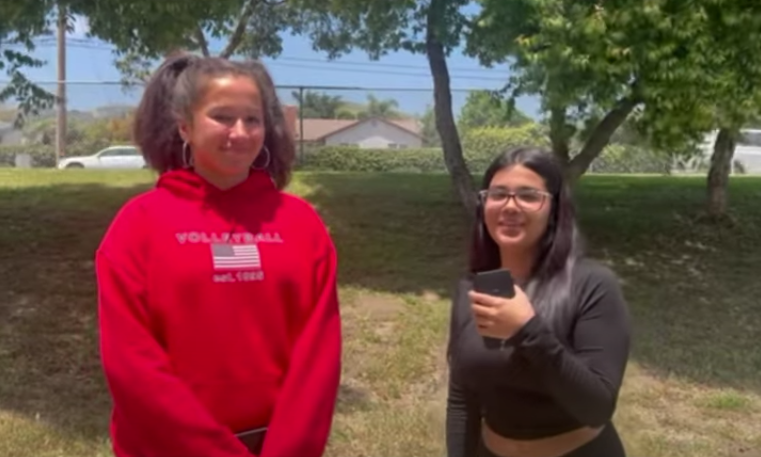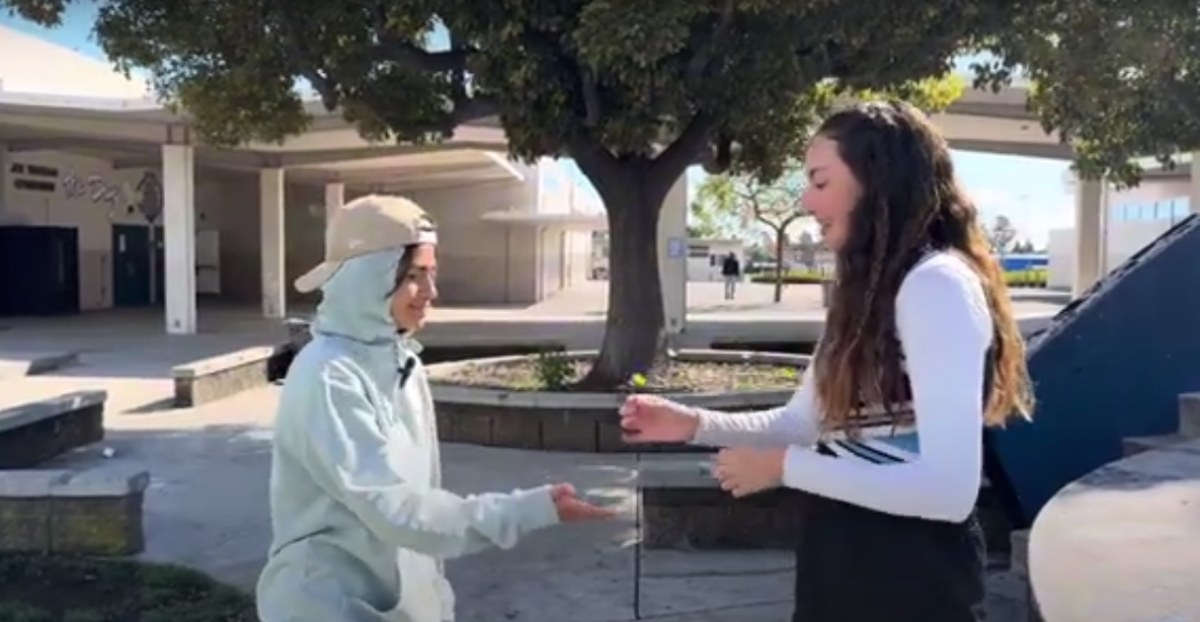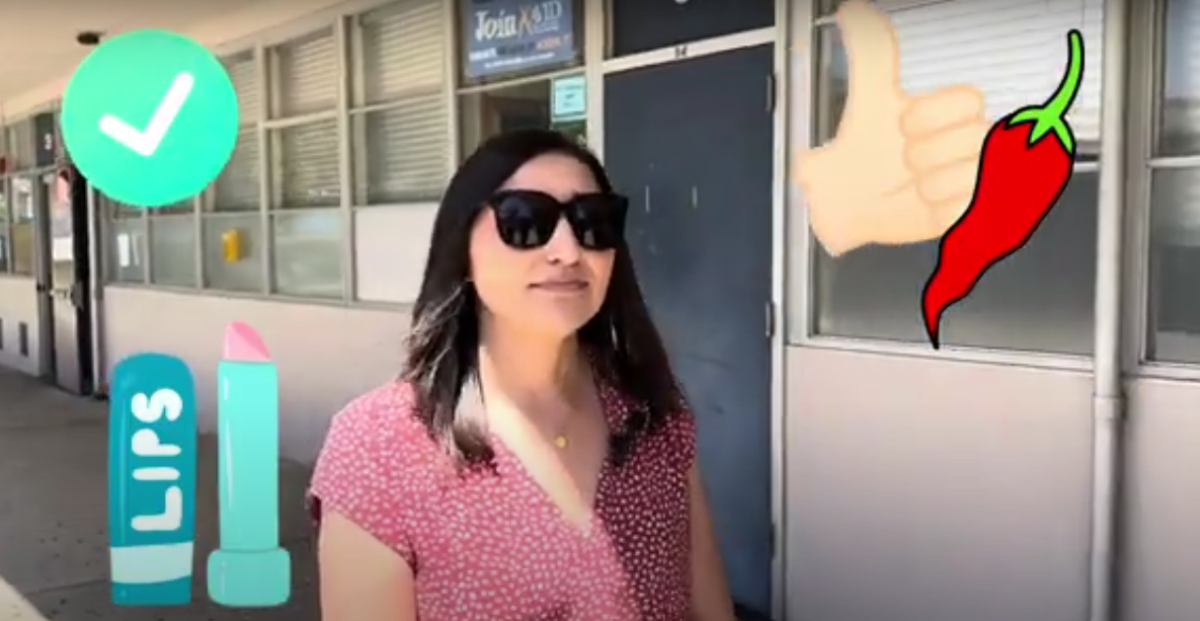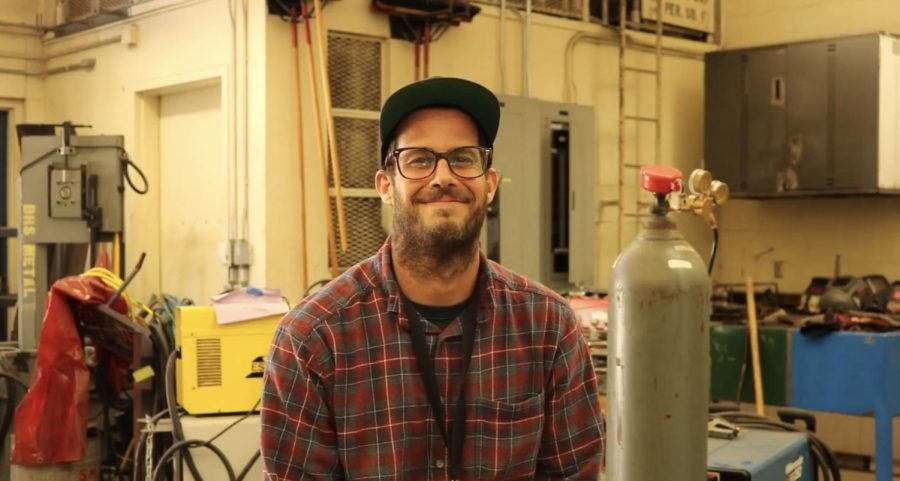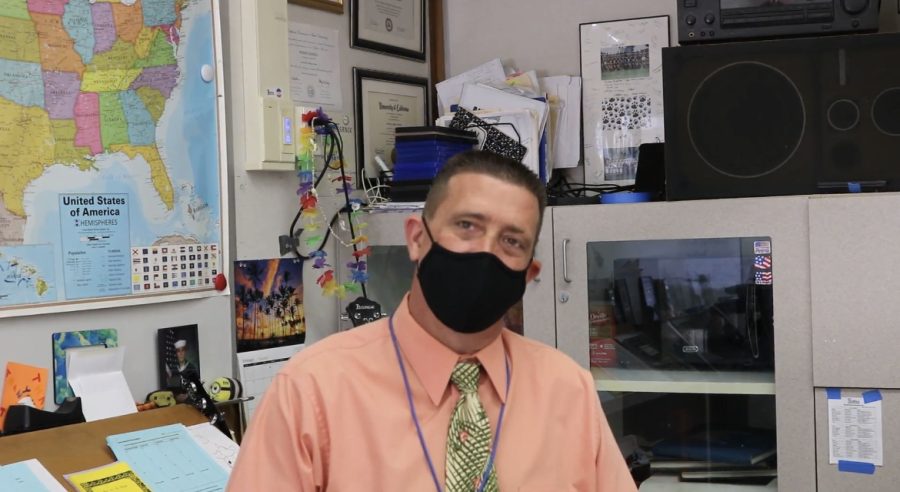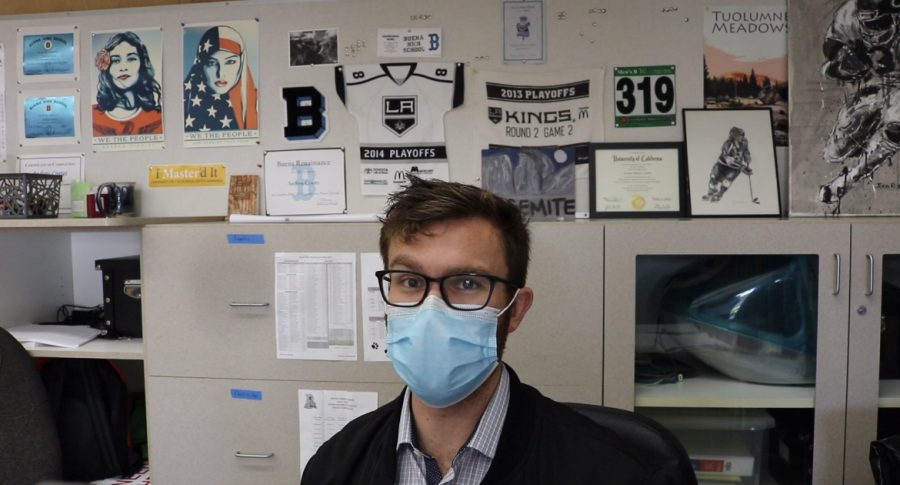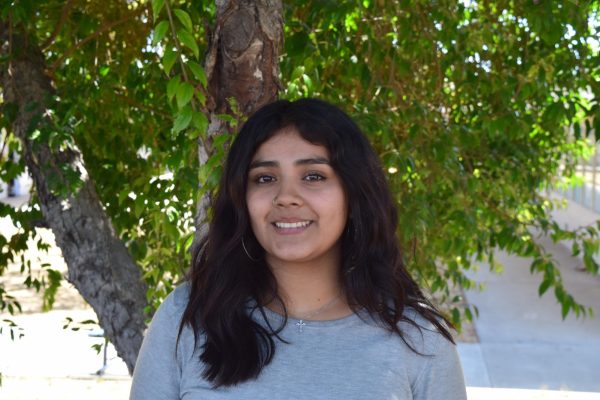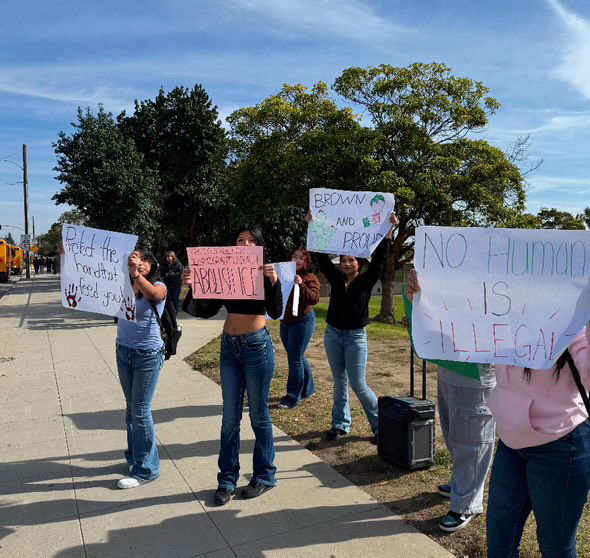
Having a voice is considered one of the most impactful ways to express how students feel; without it it would be difficult to get messages across. As President Donald Trump‘s signing of executive orders cracking down on immigration causes panic around the world, students all over Ventura County, Los Angeles County and Kern County, are all participating in protests involving the subject of the U.S. Immigration Customs Enforcement, otherwise known as ICE.
Recent ICE arrests and raids have been sweeping through U.S. cities, sparking debates both locally and globally. Families of immigrants have decided to stop keeping quiet and speaking out against the situation, however, as more information and posts have circulated in the media of immigrants being detained, there has been a growing call for people to join the anti-ICE protests.
Thursday afternoon of Jan. 30, social media posts about walkouts for middle and high school students in southern Calif. began spreading. The students decided they wanted to show support for families facing difficulties, especially for those with immigrant parents who might be at risk of being taken away.
The following day, around 11 a.m., VUSD sent out emails to parents notifying them about the potential walkouts, assuring them that student safety would still be a priority.
Sophomore Jacqueline Vasquez Sosa participated in the walkout alongside seven other students Friday morning with signs protesting ICE.
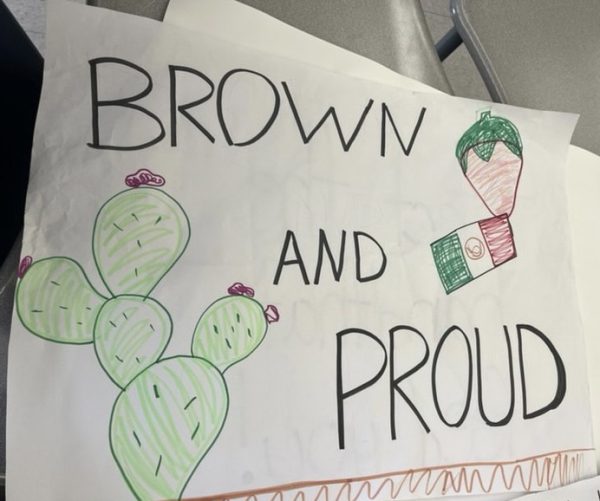
“I realized that I should be doing something about [ICE enforcement] because I’m not only doing it for myself, [but also] for those who can’t stand up for themselves.” Vasquez said.
Vasquez wasn’t the only one fighting for the people she loved. Her friend, sophomore Mariah Justiniano, was determined to stand up for what she felt was right. Justiniano had discussed the situation with the Buena’s administration before walking out, clarifying specific rules that the school had to keep in order to ensure that student protesters were still safe when stating their opinion.
Justiniano initially doubted whether the walkout would be successful, unsure if her peers would stand with her during the protest. However, she was happily surprised when many of her classmates followed her lead, joining the protest in solidarity.
“What I did want was for others to be supportive and, for the most part, we received that [support],” Justiniano said.
As Vasquez, Justiniano, and their peers walked through the school, They shared how they faced negative comments and discouraging people, yet continued to persist in standing up for their cause.
Along with students from Buena High School, Ventura High School and Santa Paula High School holding protests, this marked only the beginning of the voice for the Hispanic community. Other communities from around the world also continue to contribute and speak out for those experiencing difficult times.
Beyond schools, protests continued to happen over the weekend heading into February. Sunday, Feb. 2 around 11 a.m., the 101 freeway near downtown Los Angeles on Olvera Street was shut down, causing a major gridlock. Crowds with Mexican flags flooded the streets including fireworks, posters and horns.
At first, protesters were on the street until police had them removed off the freeway. Forwarding to Monday morning, Feb. 3, more protests began again in Oxnard around La Plaza up to Gonzales and then again back to La Plaza. It took place around noon, where senior Sitlali Garcia had taken part in this protest.
Garcia was influenced to participate in the anti-ICE protests because as a first generation Mexican-American, she wants to fight for the people who have given her everything she has today.
As protests came about, Garcia was happy to have her whole community together while singing, waving their Mexican-American flags and building a wholesome peace for the Hispanic community to hold onto. By being a voice for the Hispanic community and showing appreciation that they deserve, Garcia feels as though her protest was a success.
“We danced, sang, and chanted for hours. I wouldn’t change it for anything,” Garcia said.

